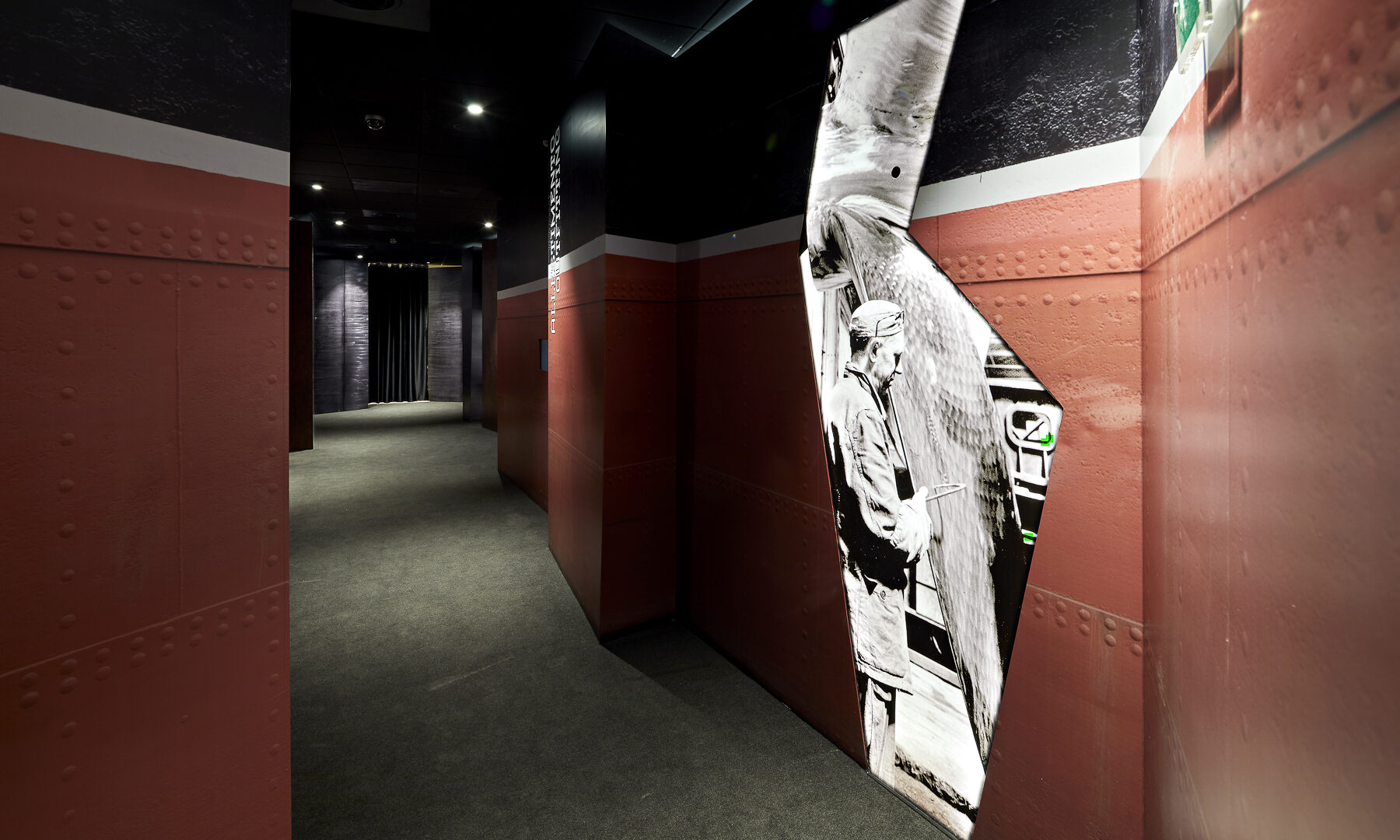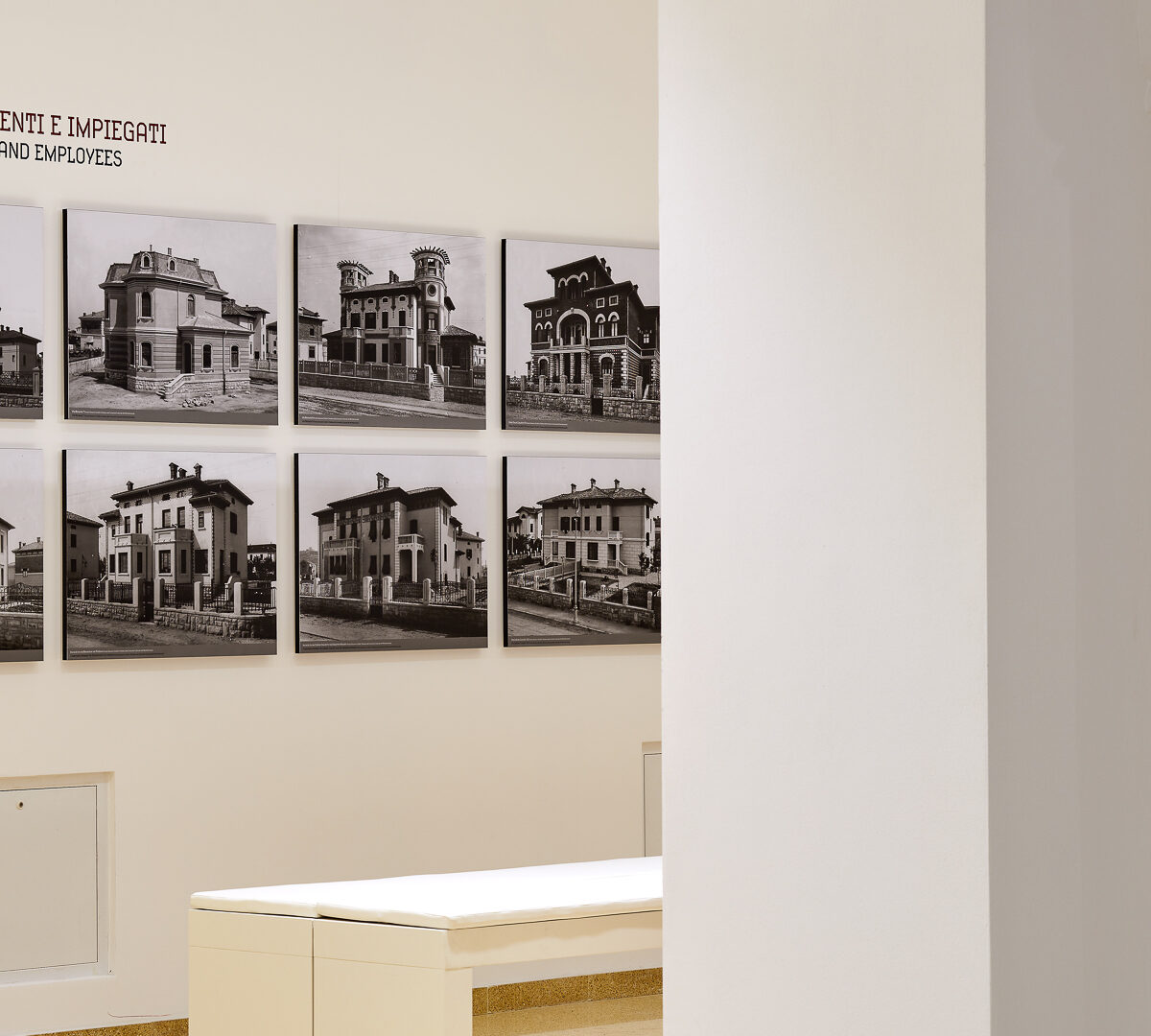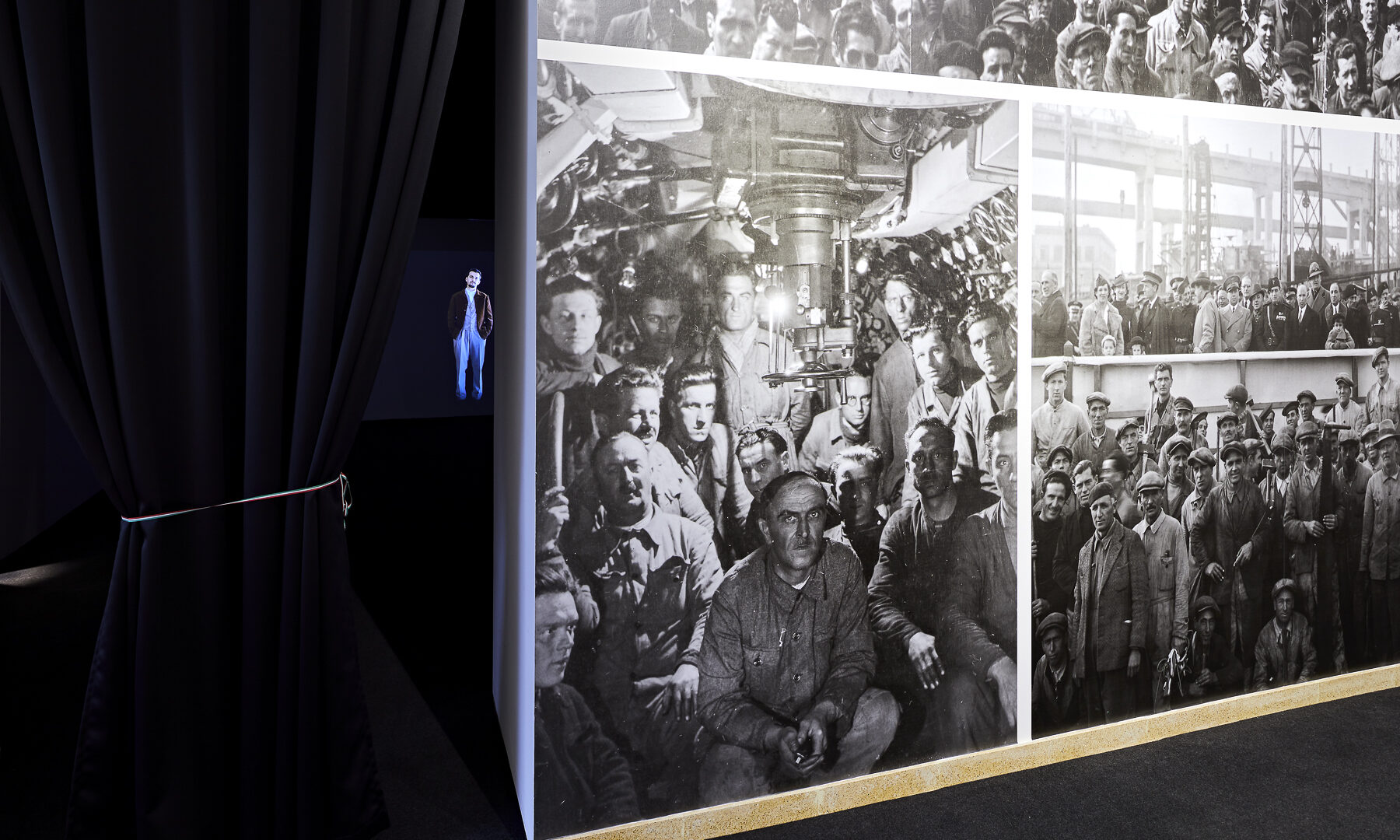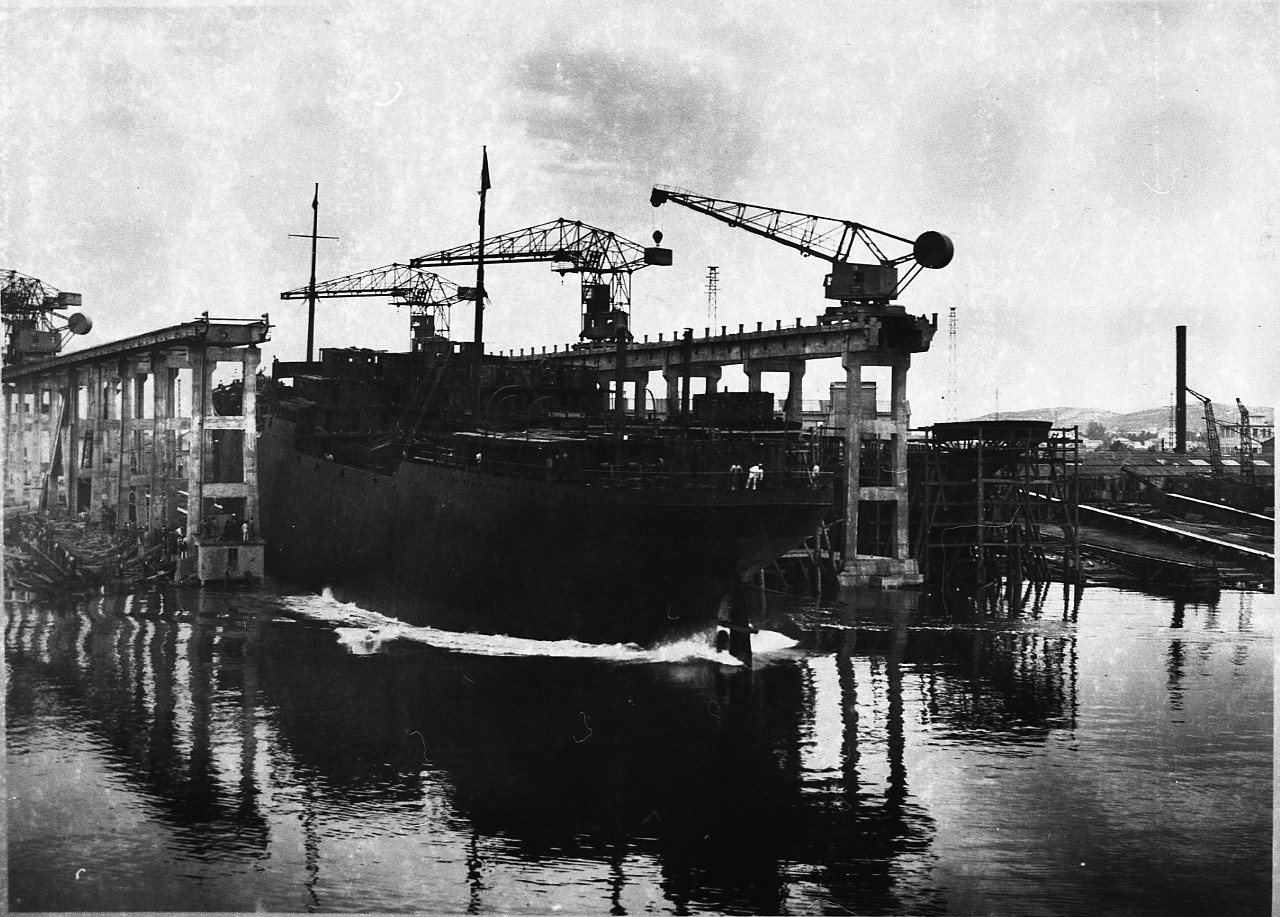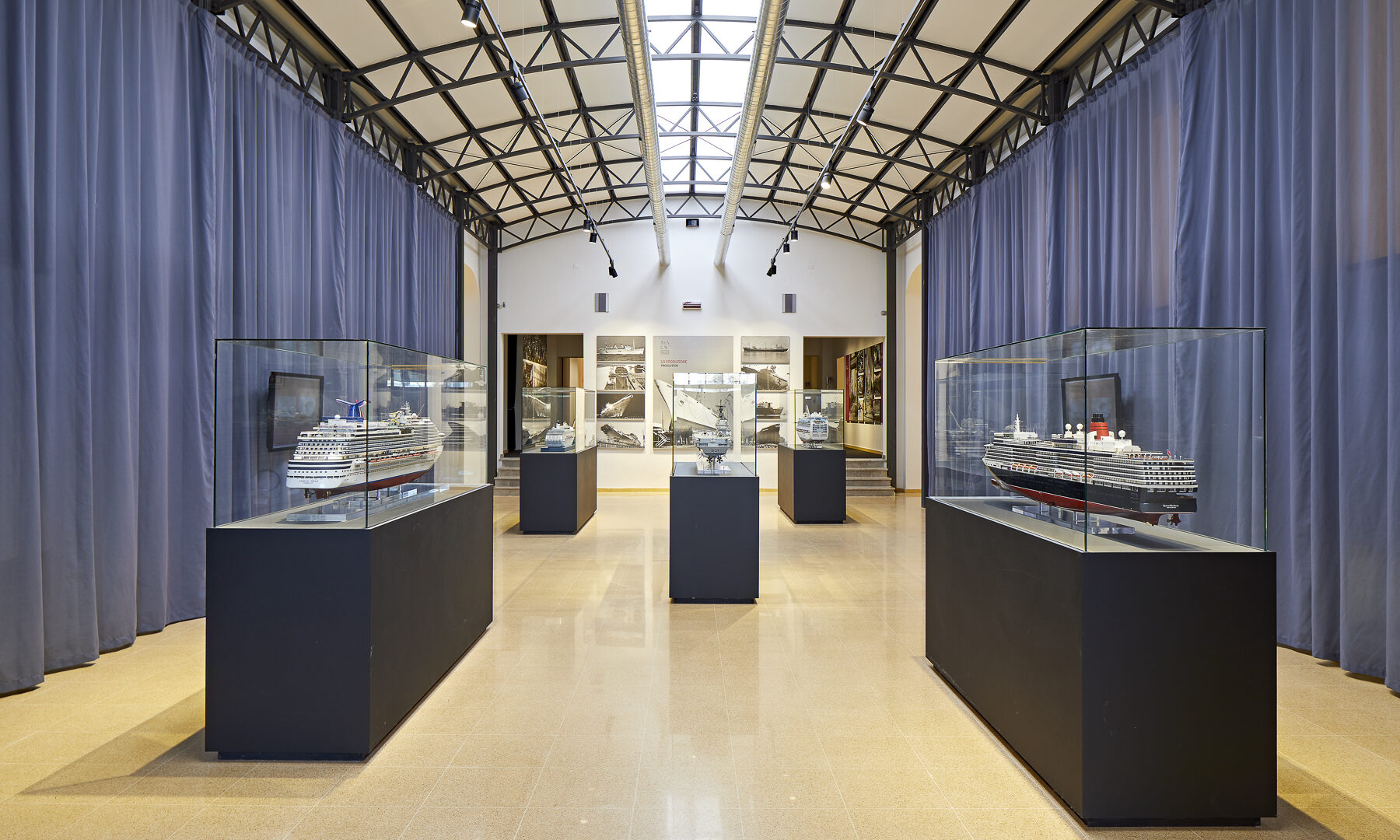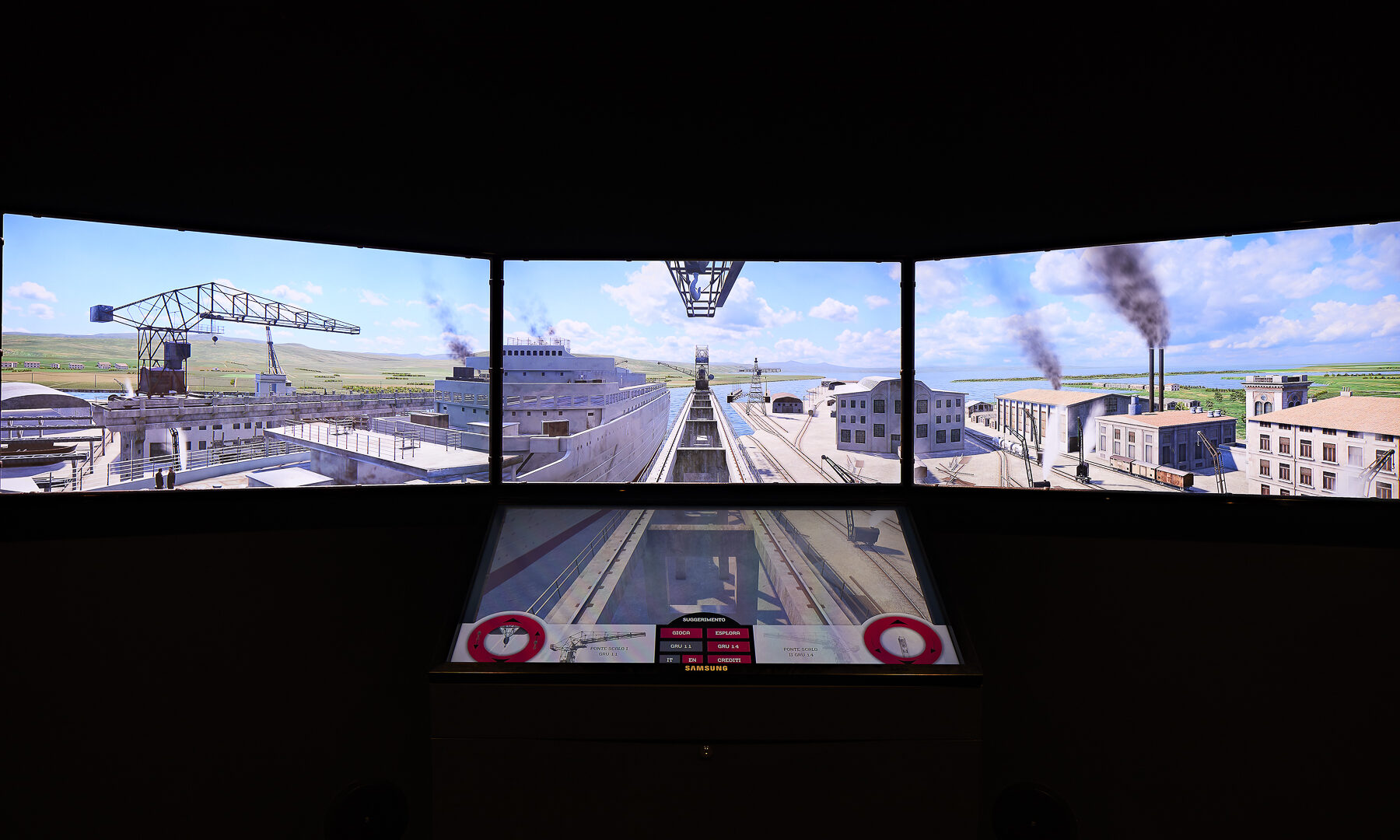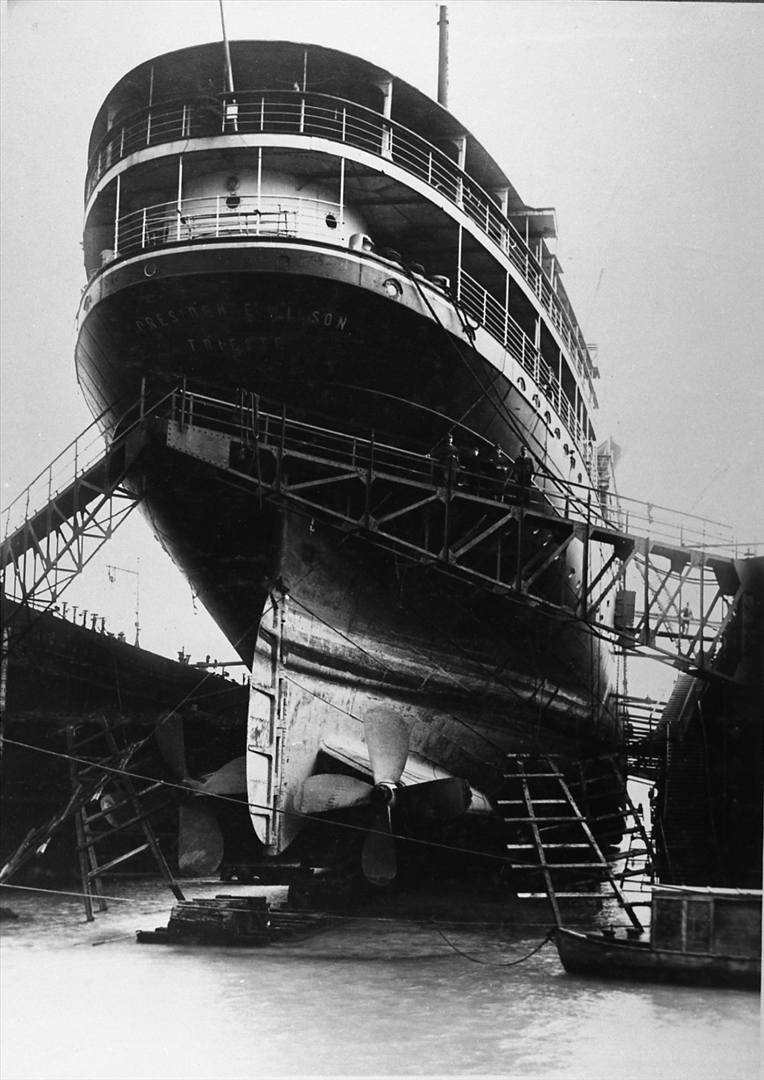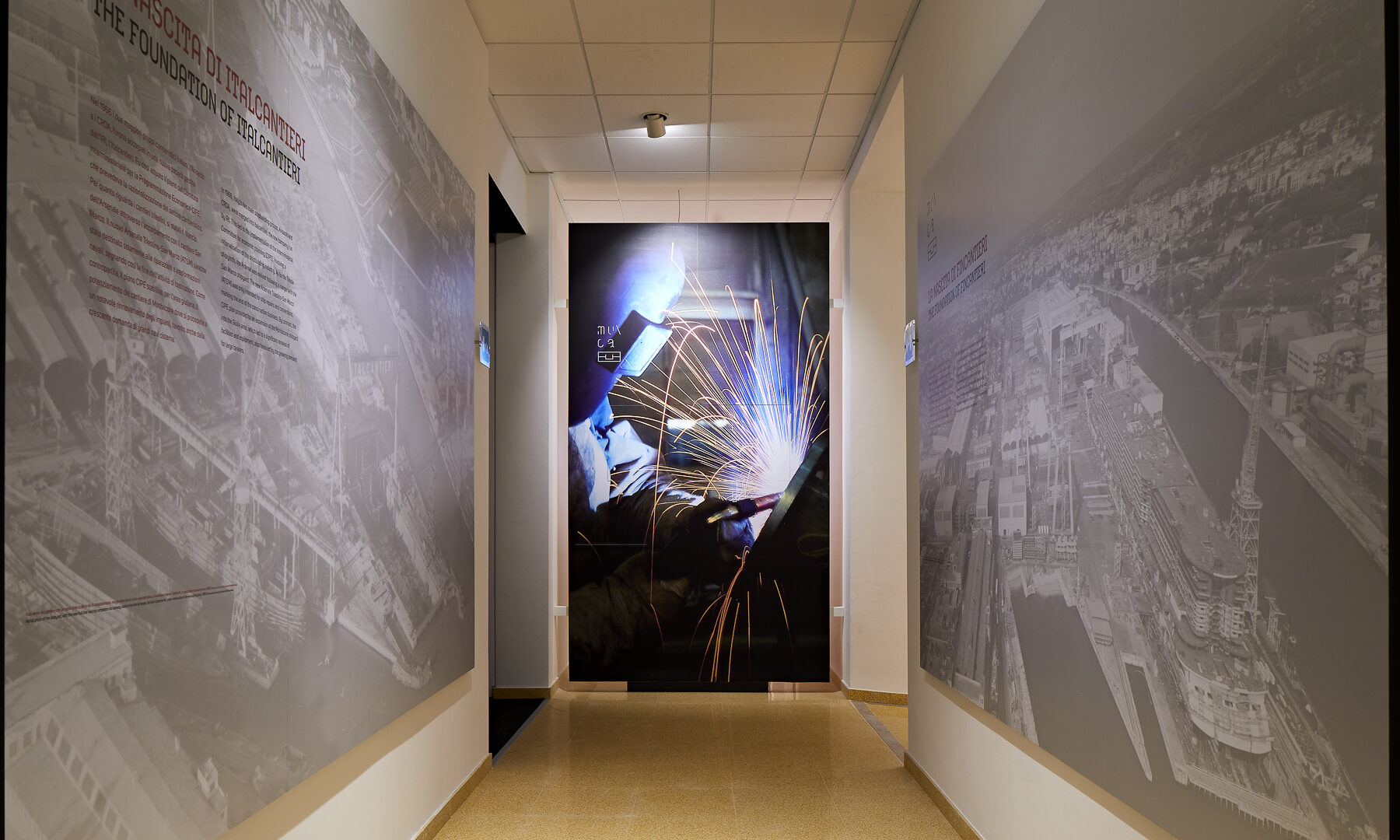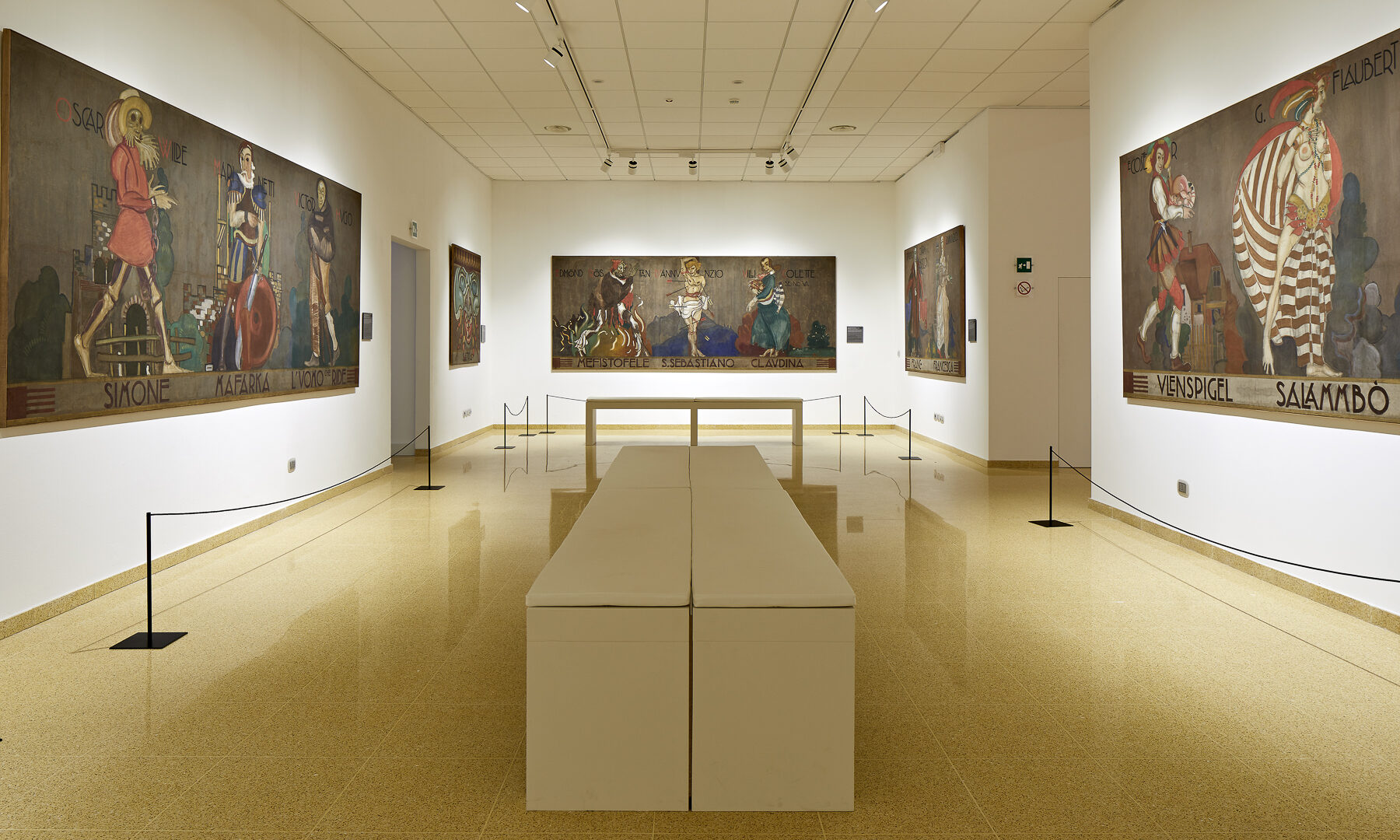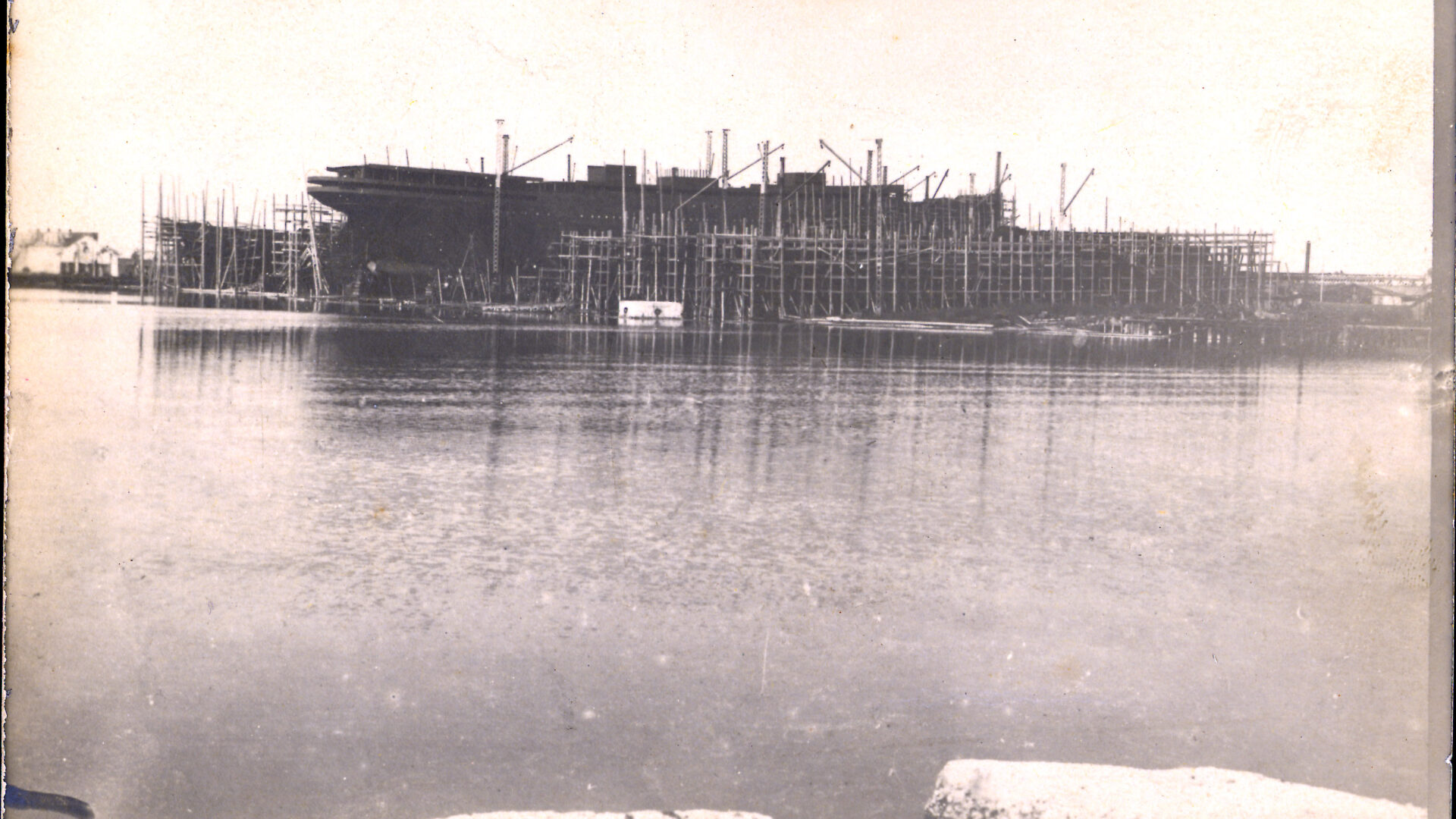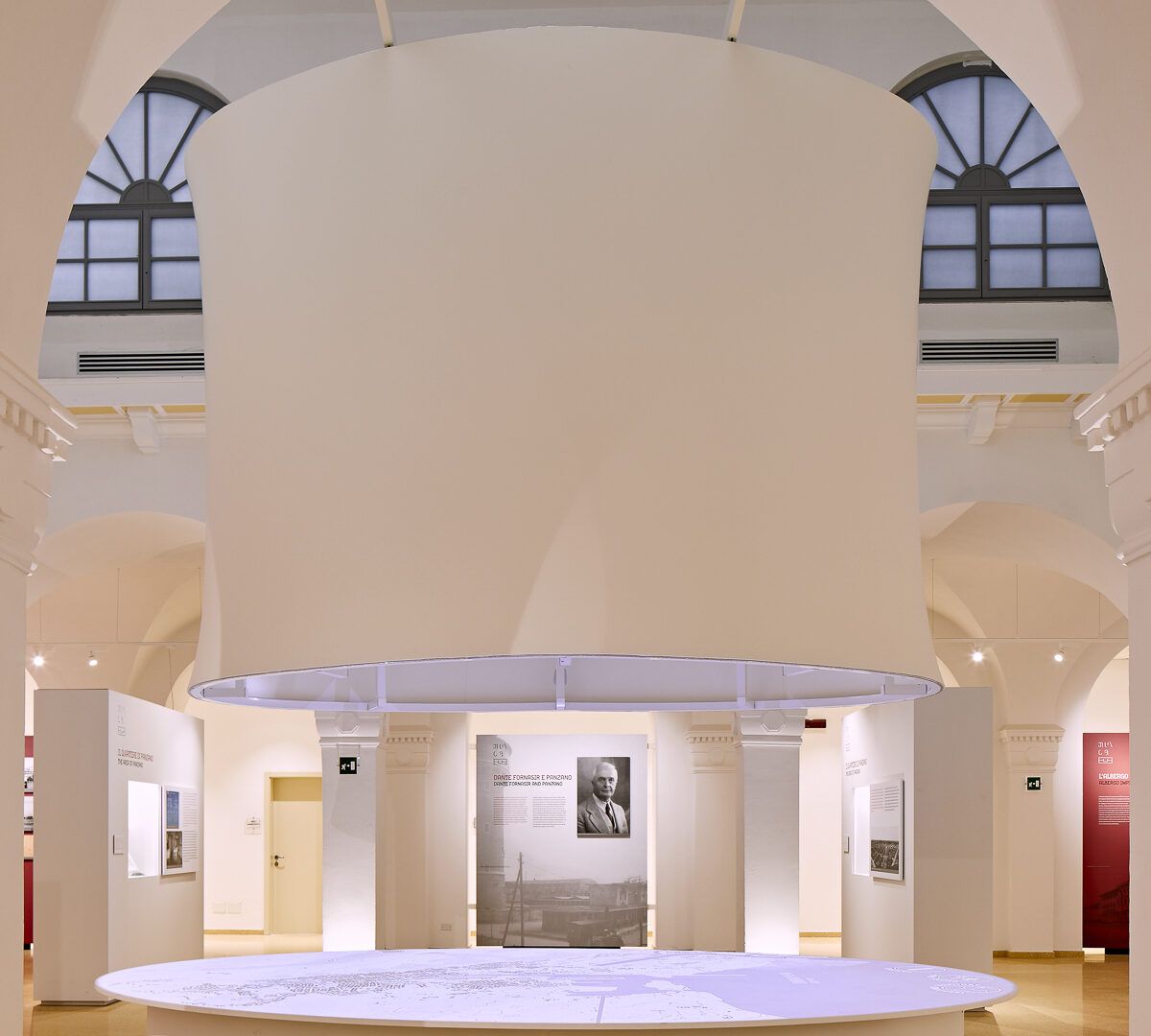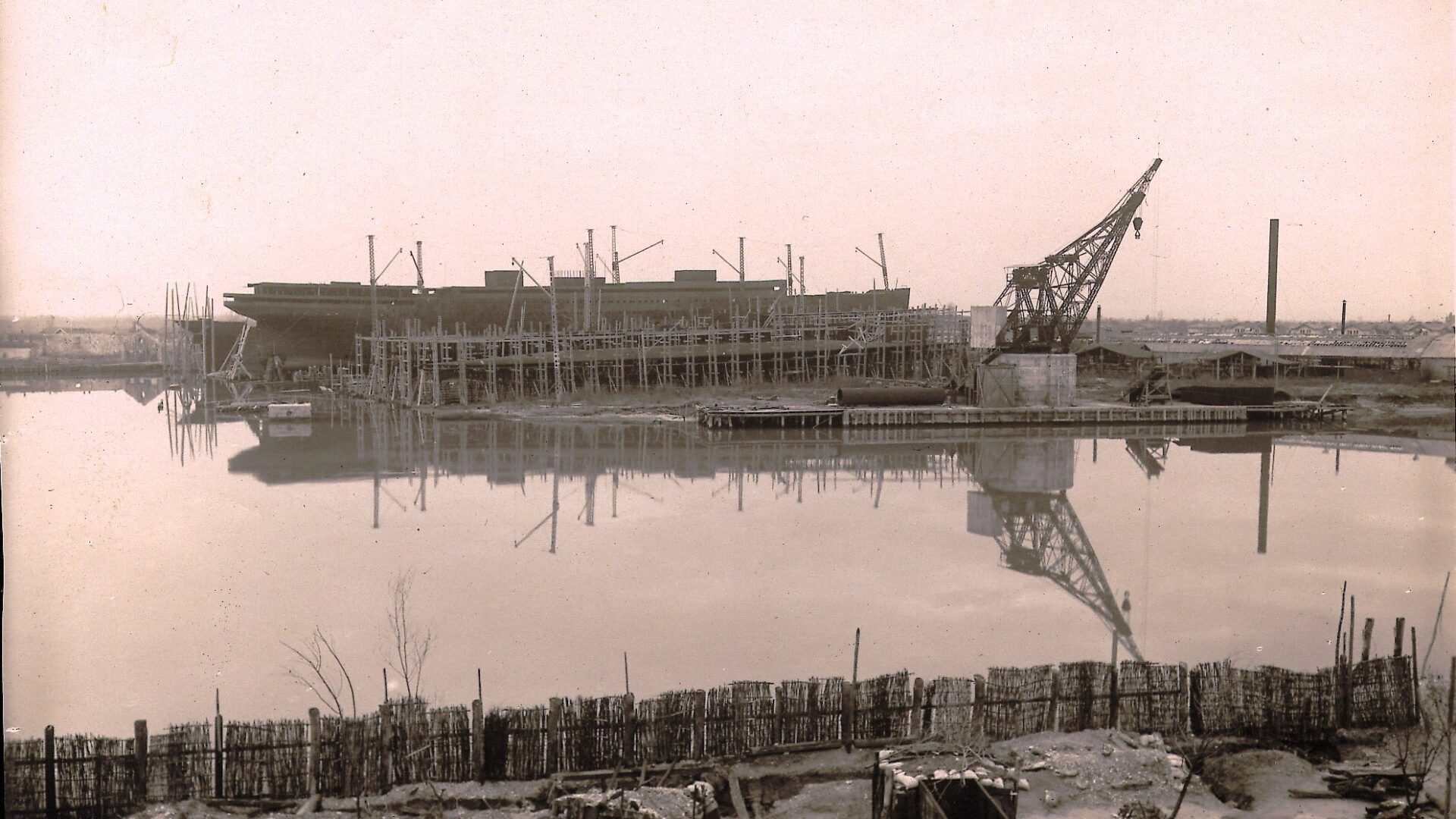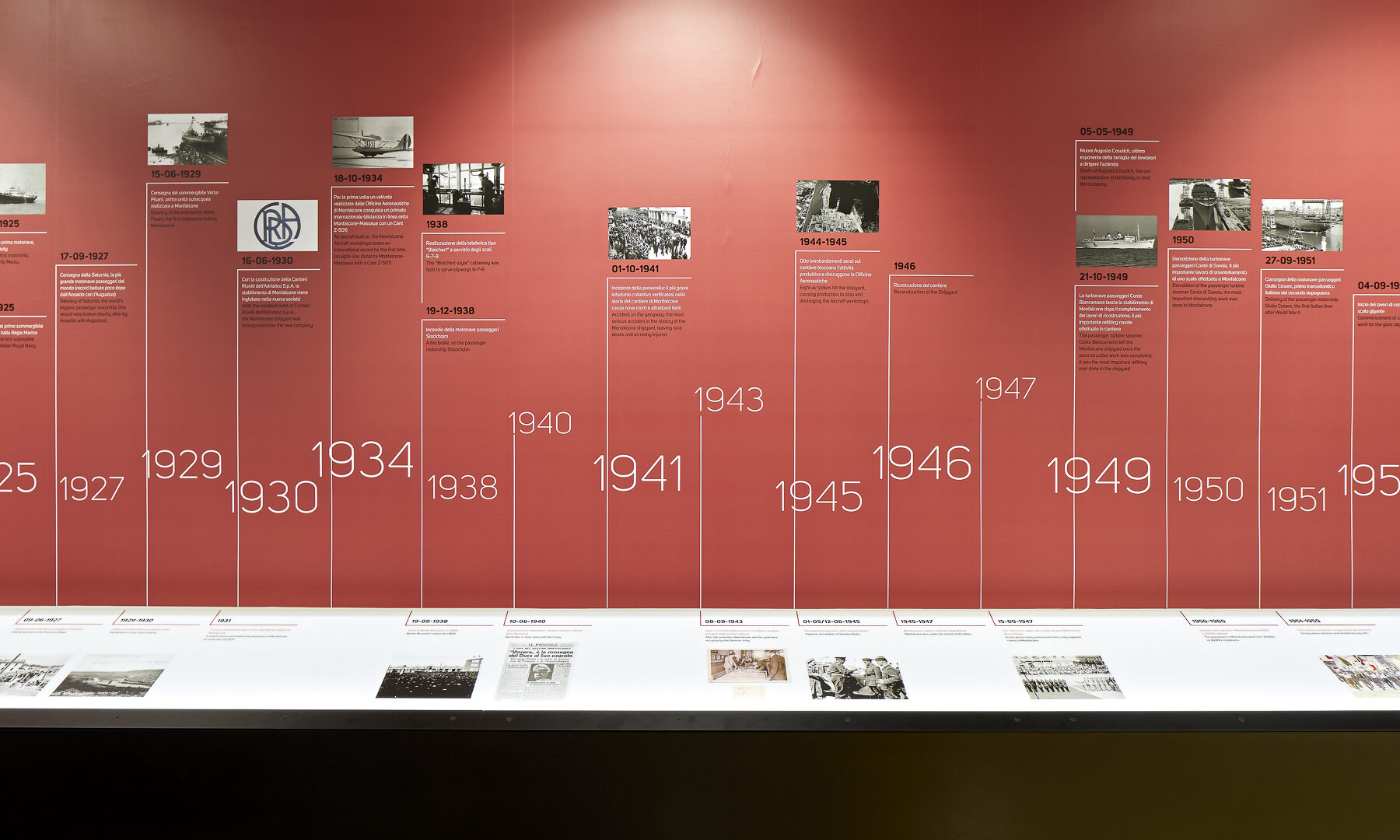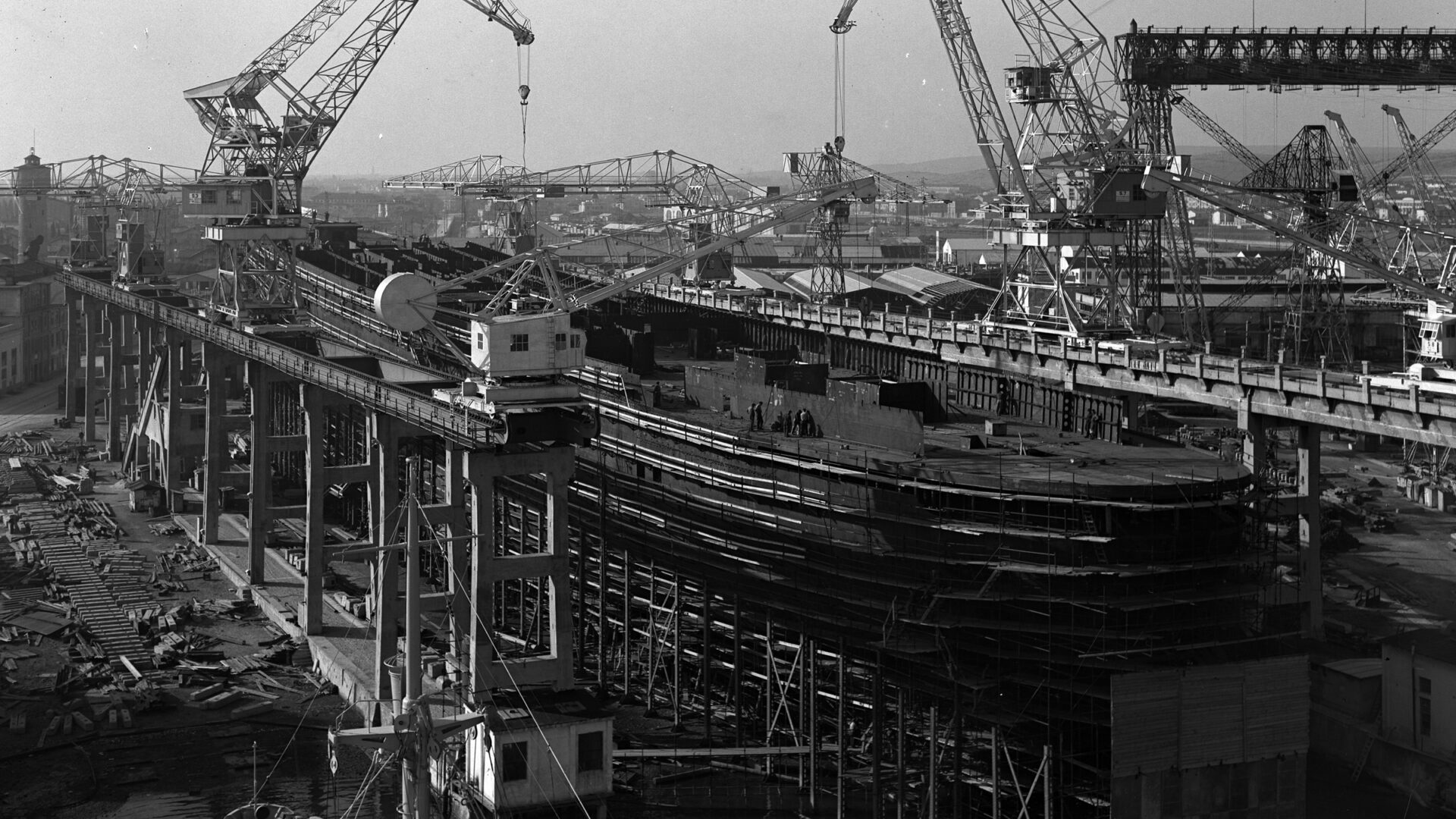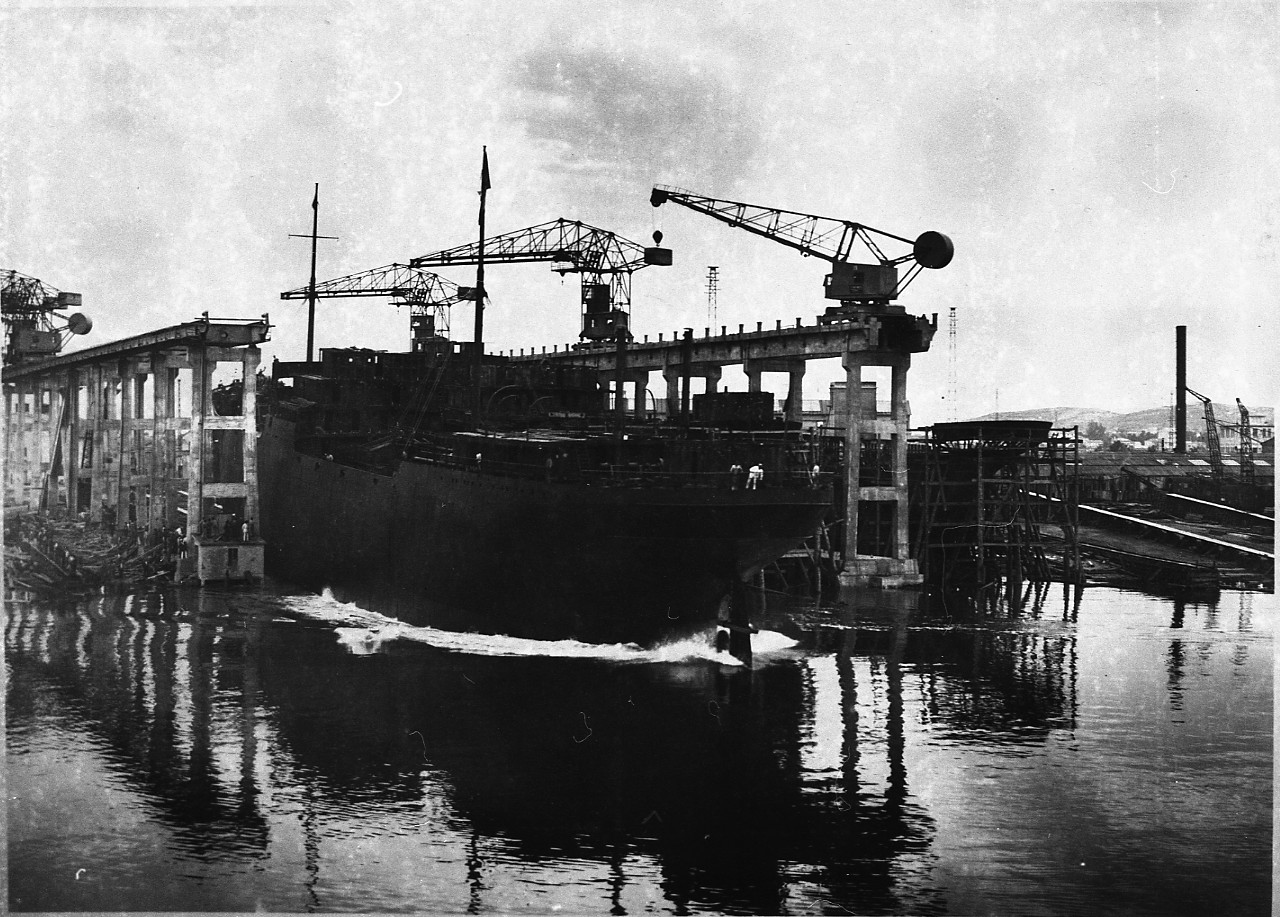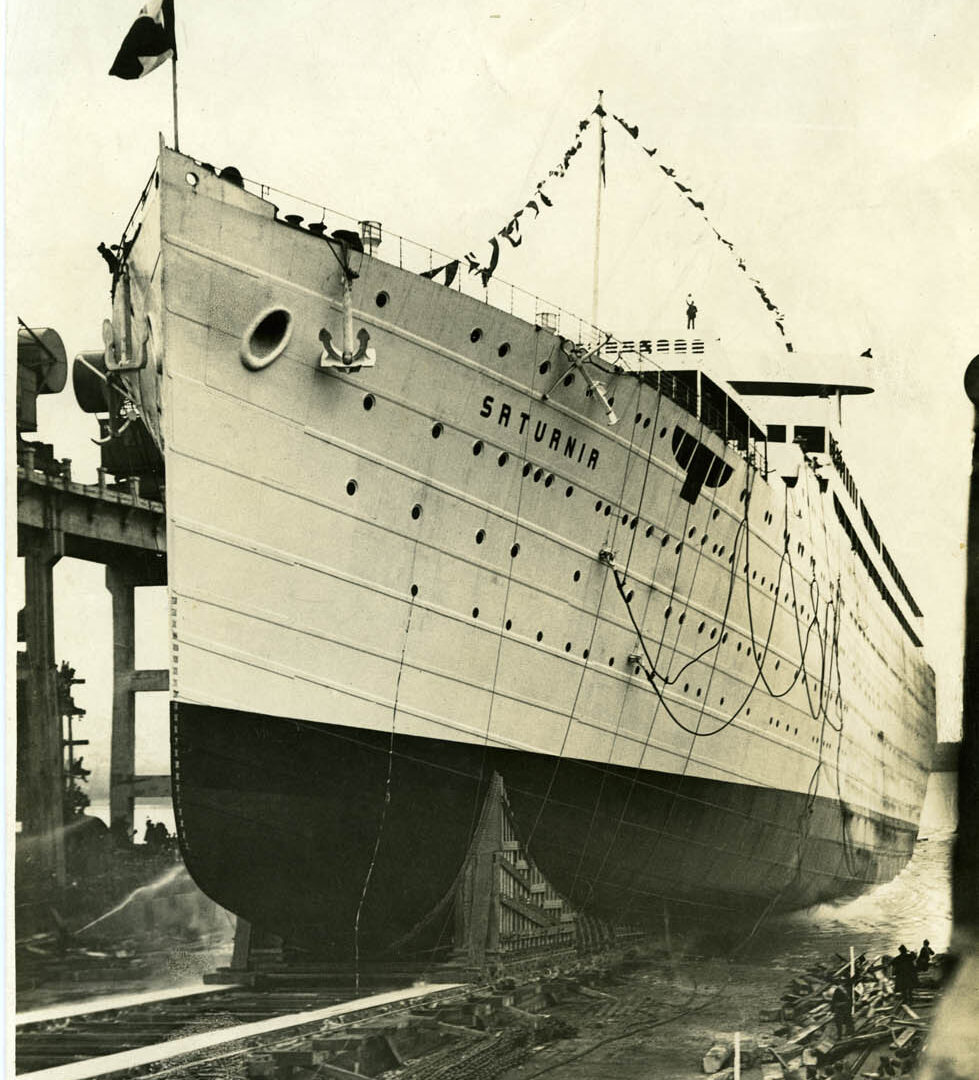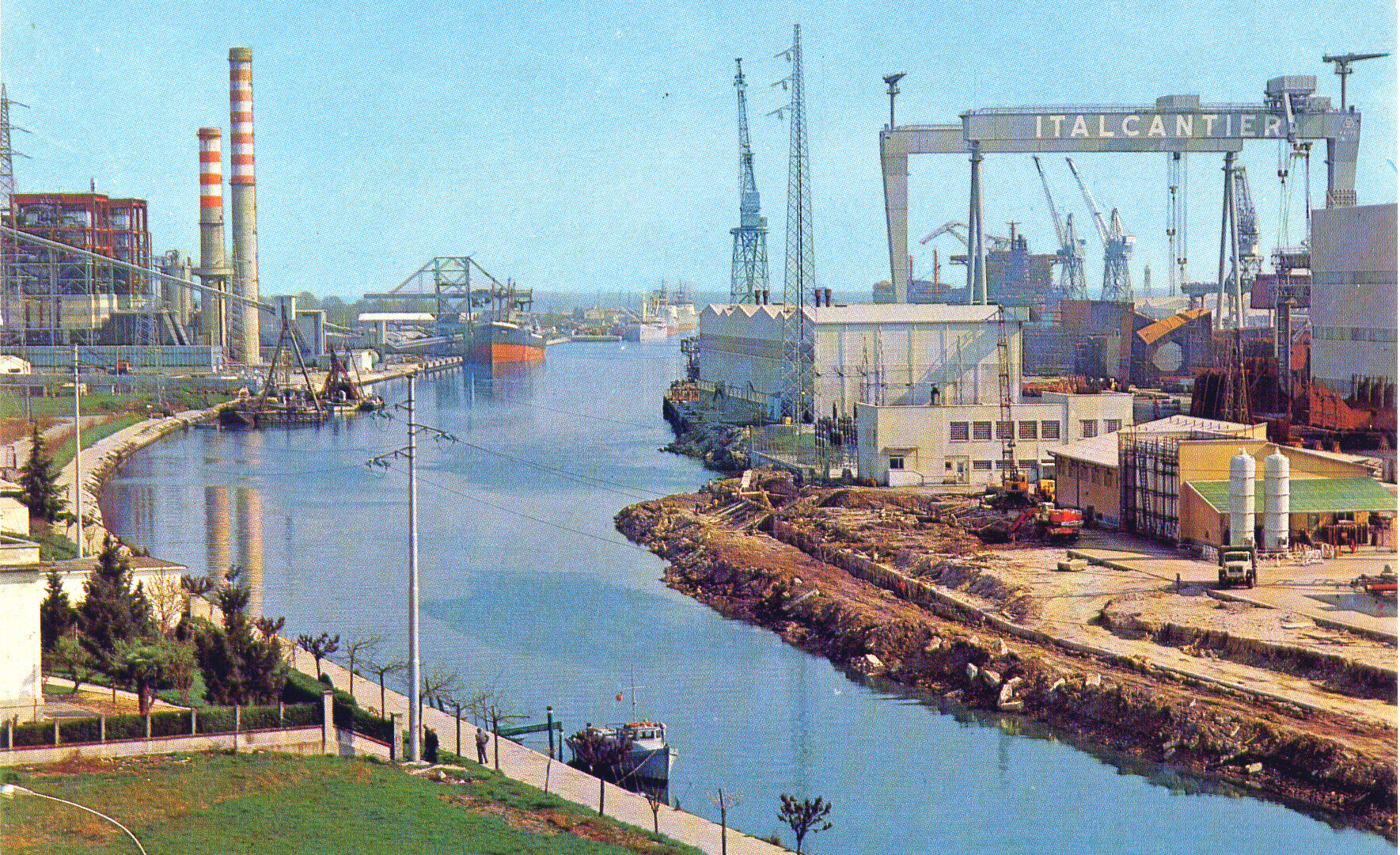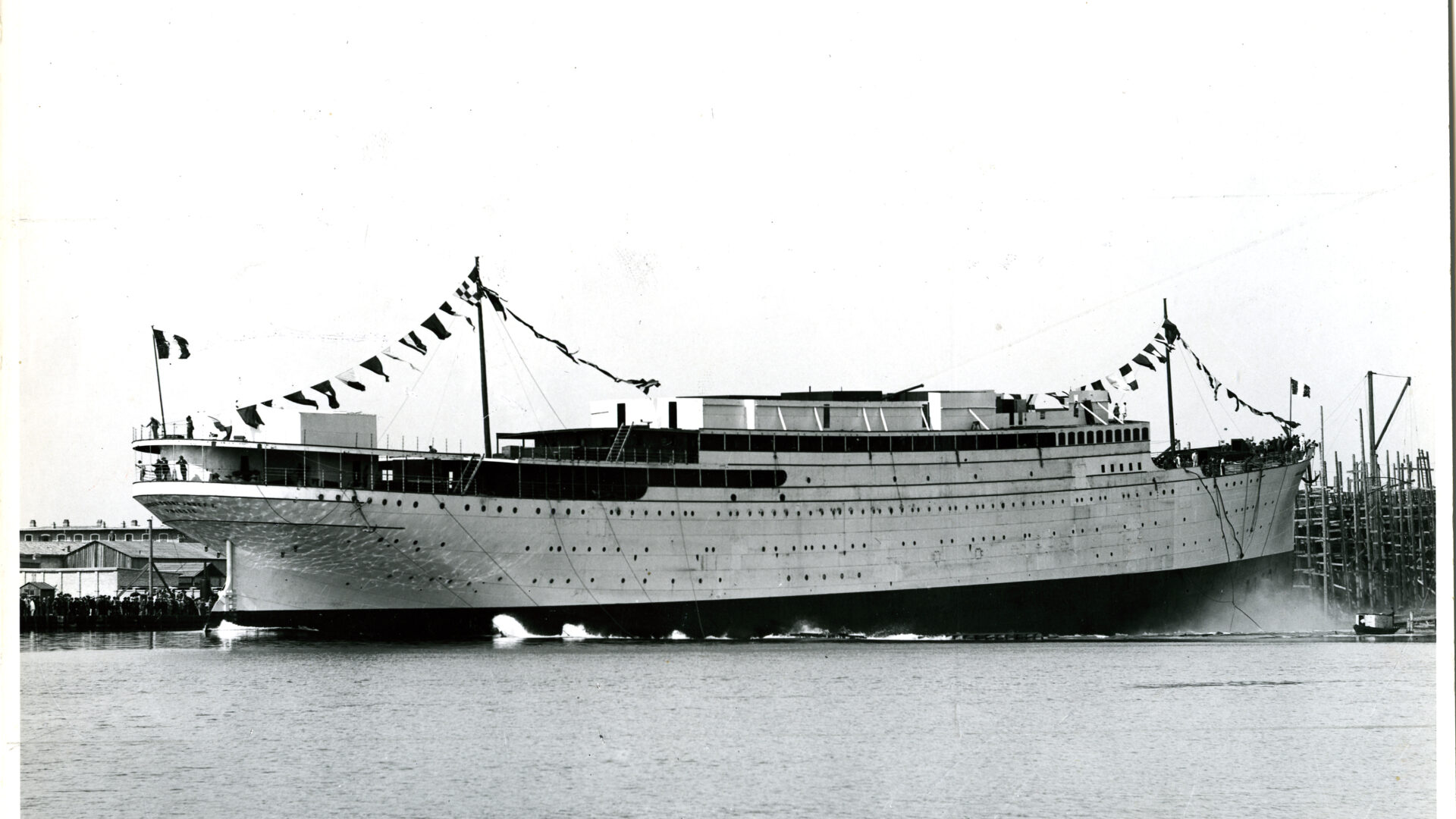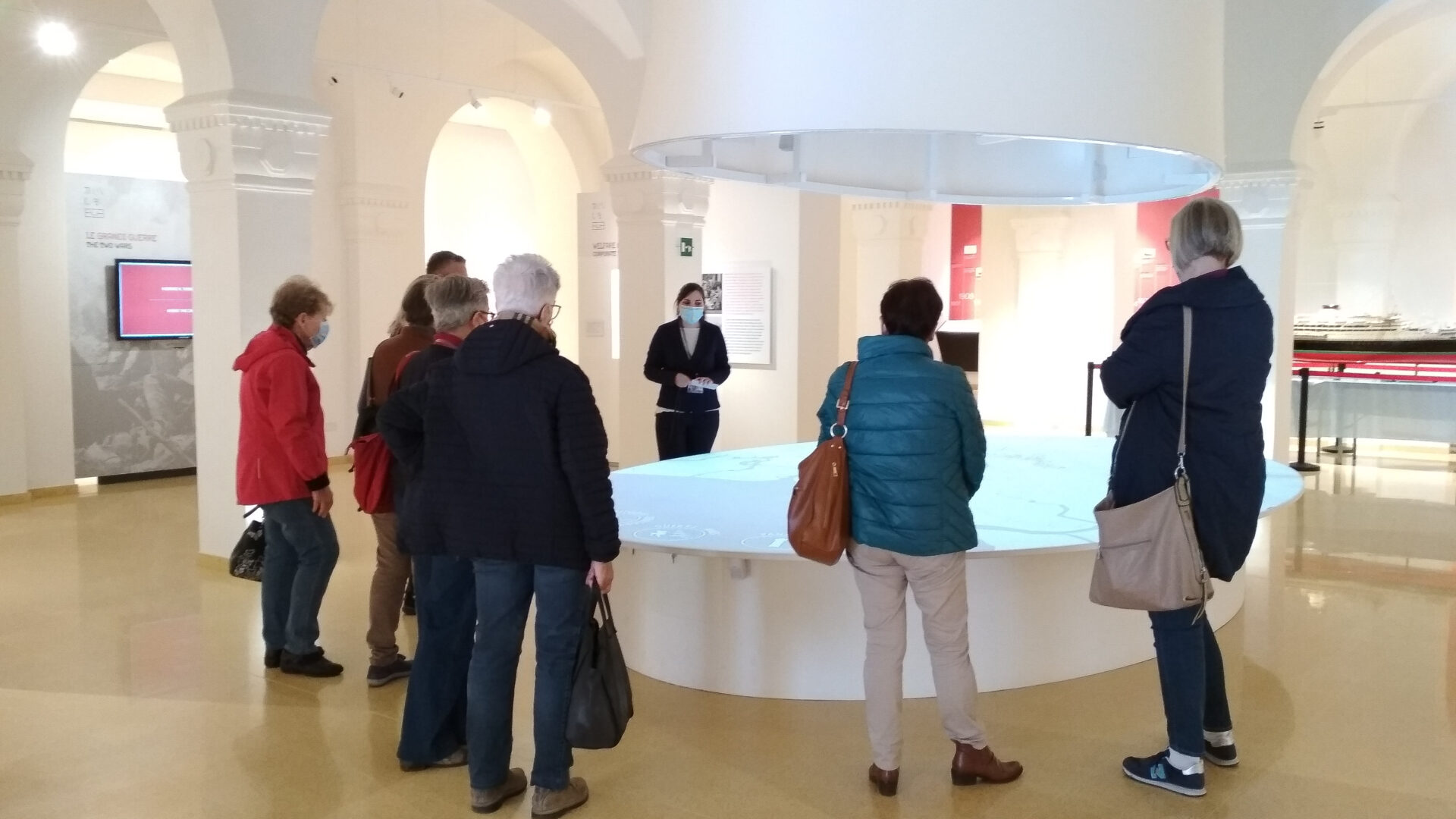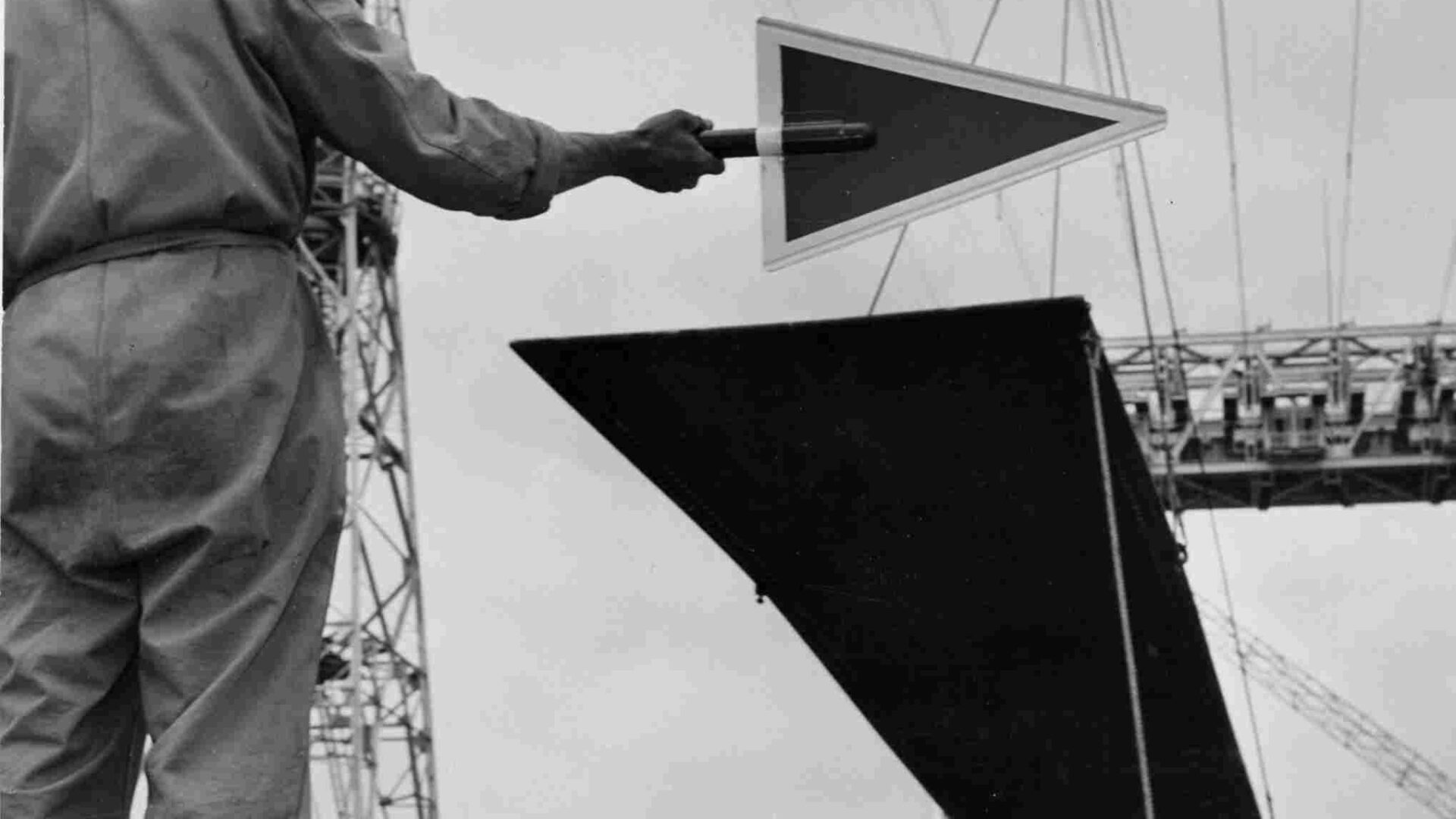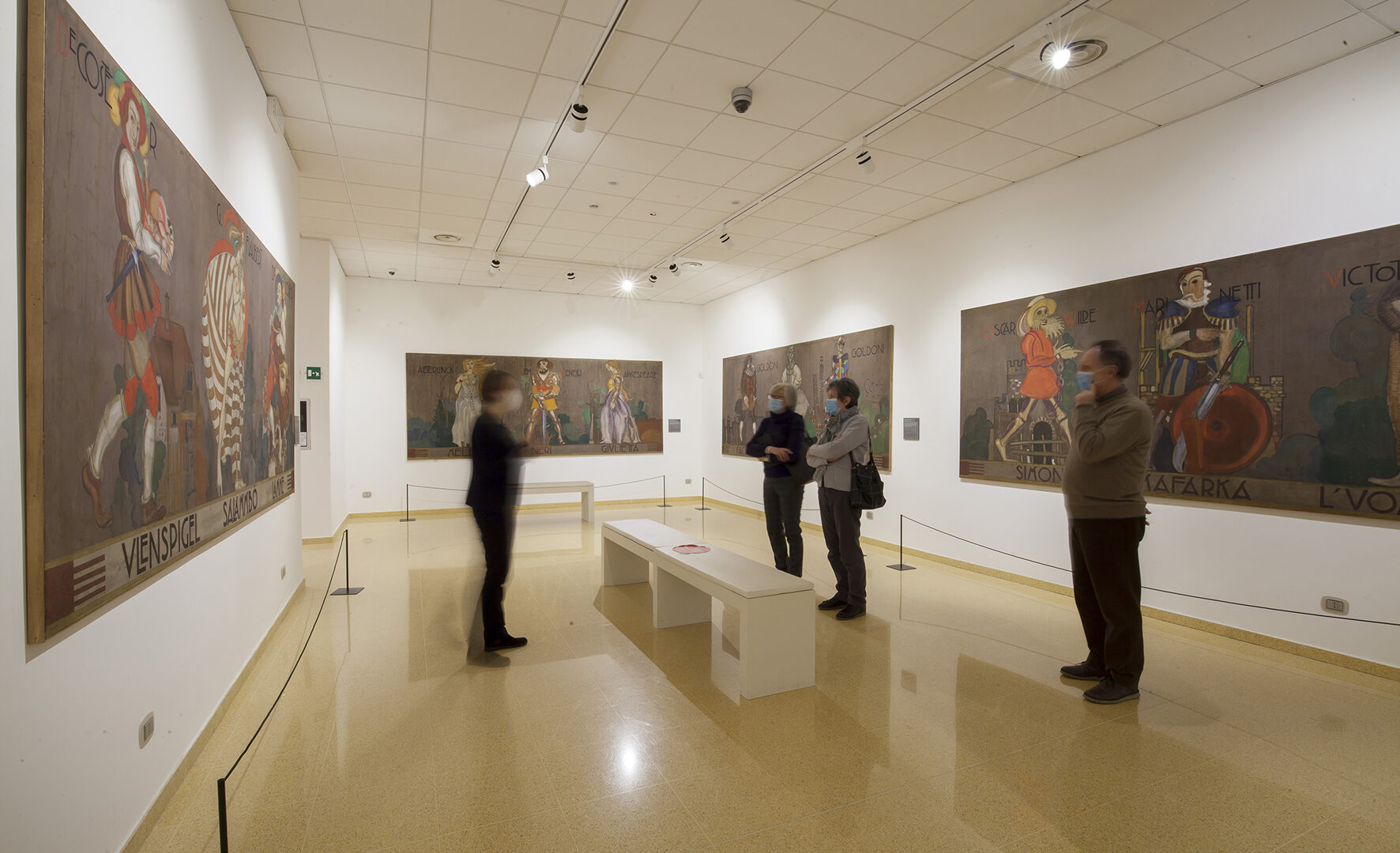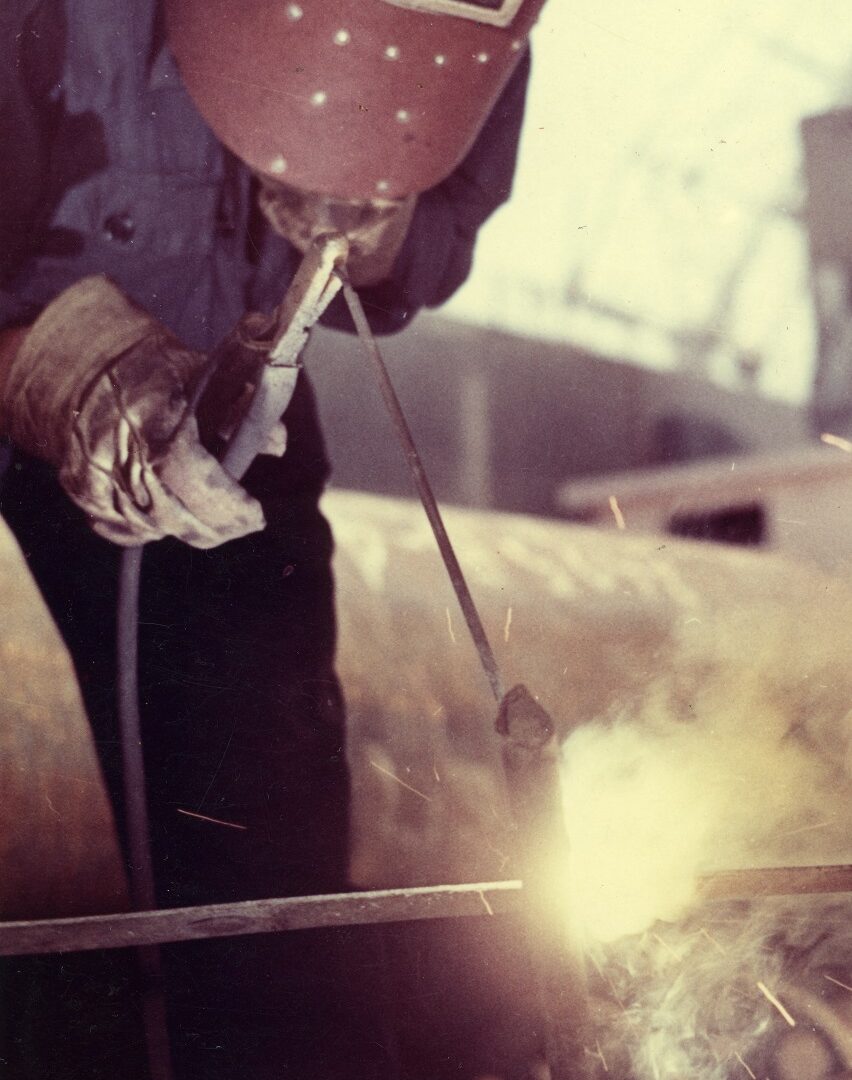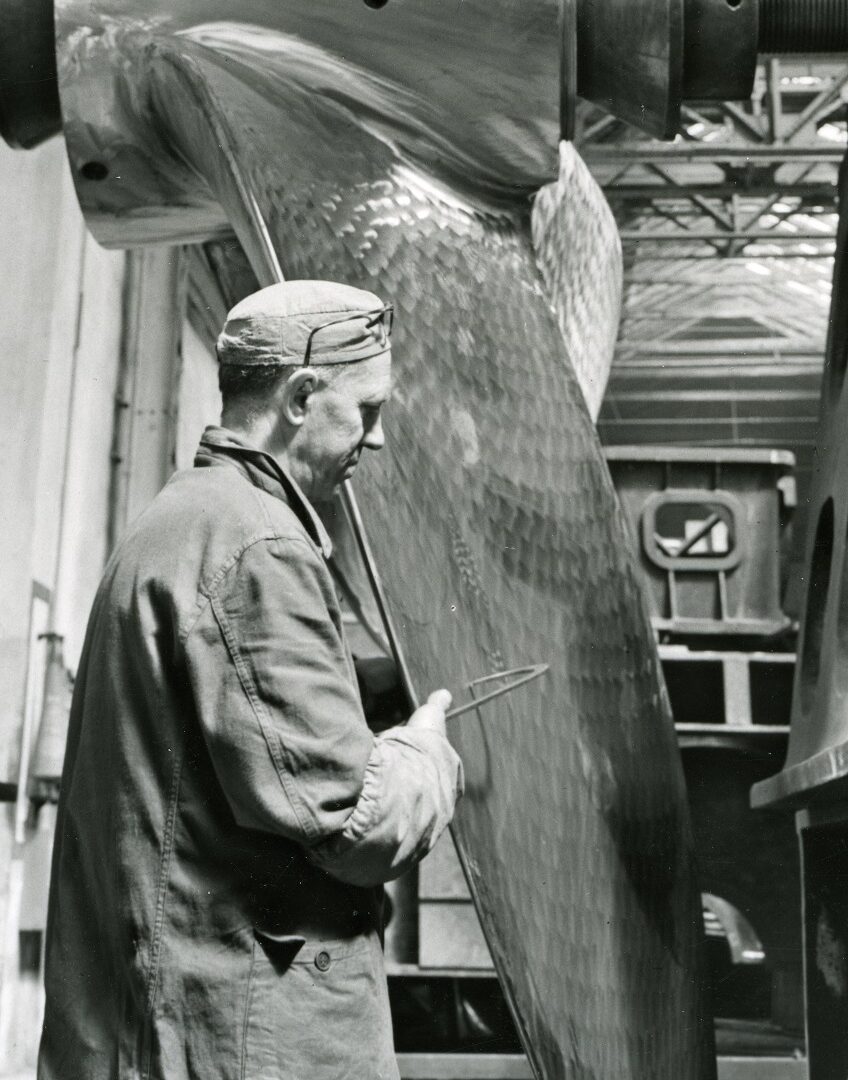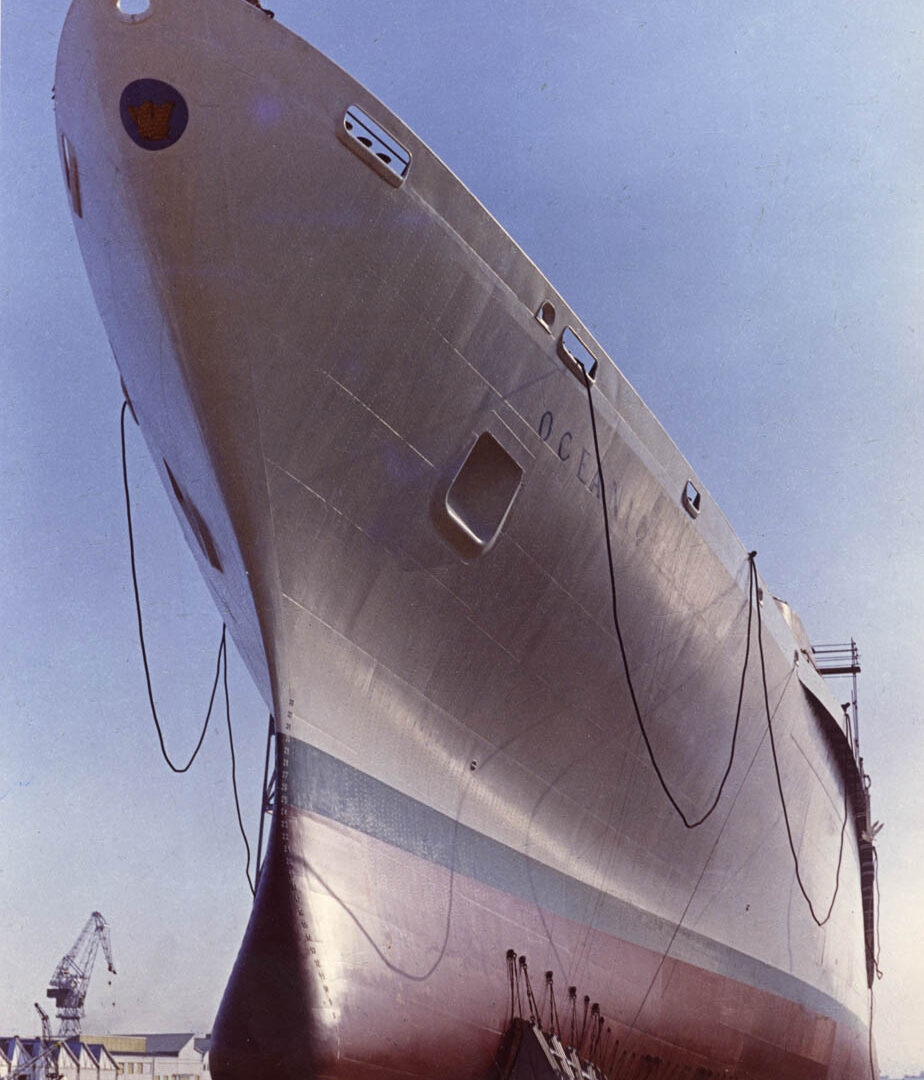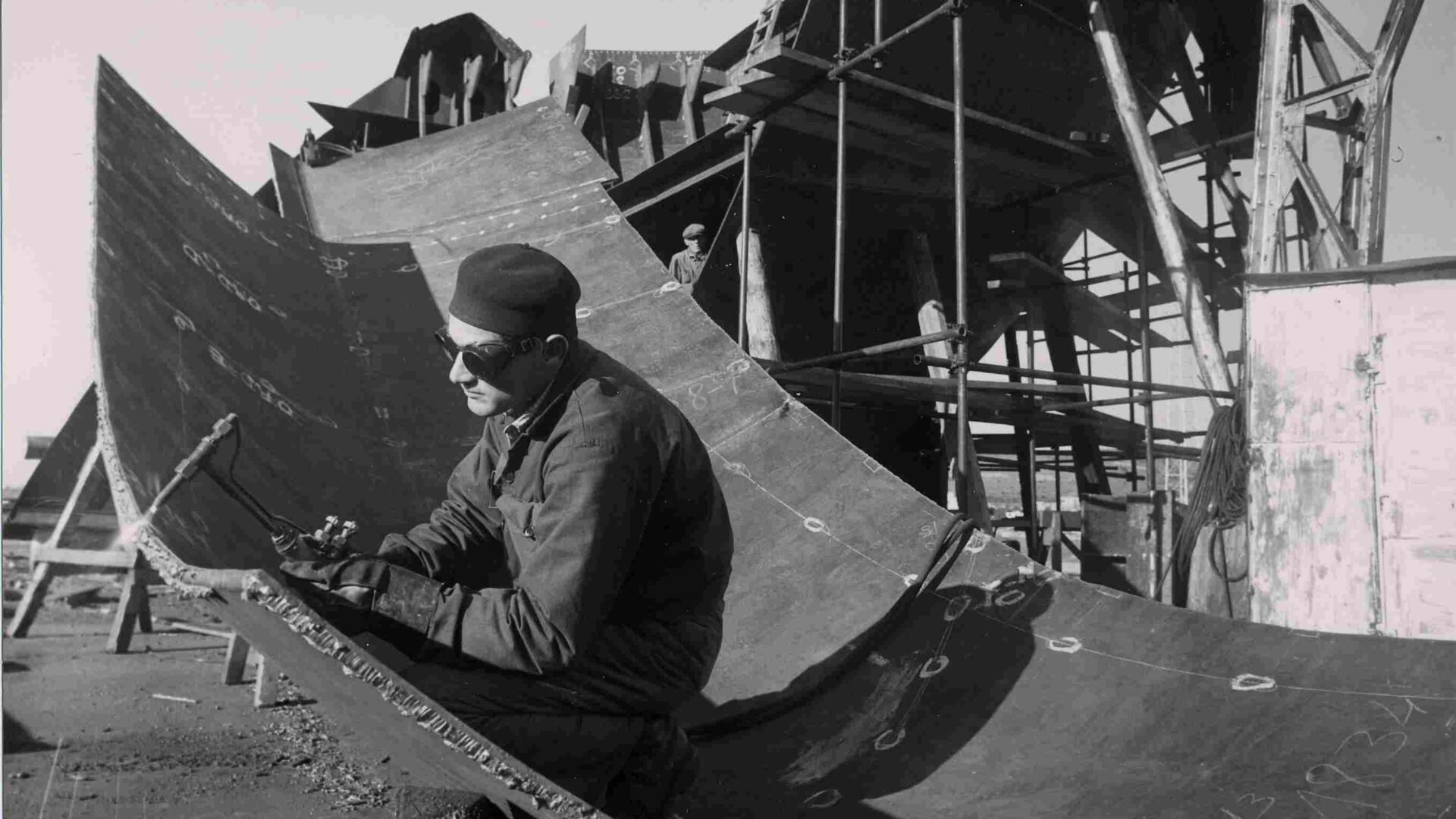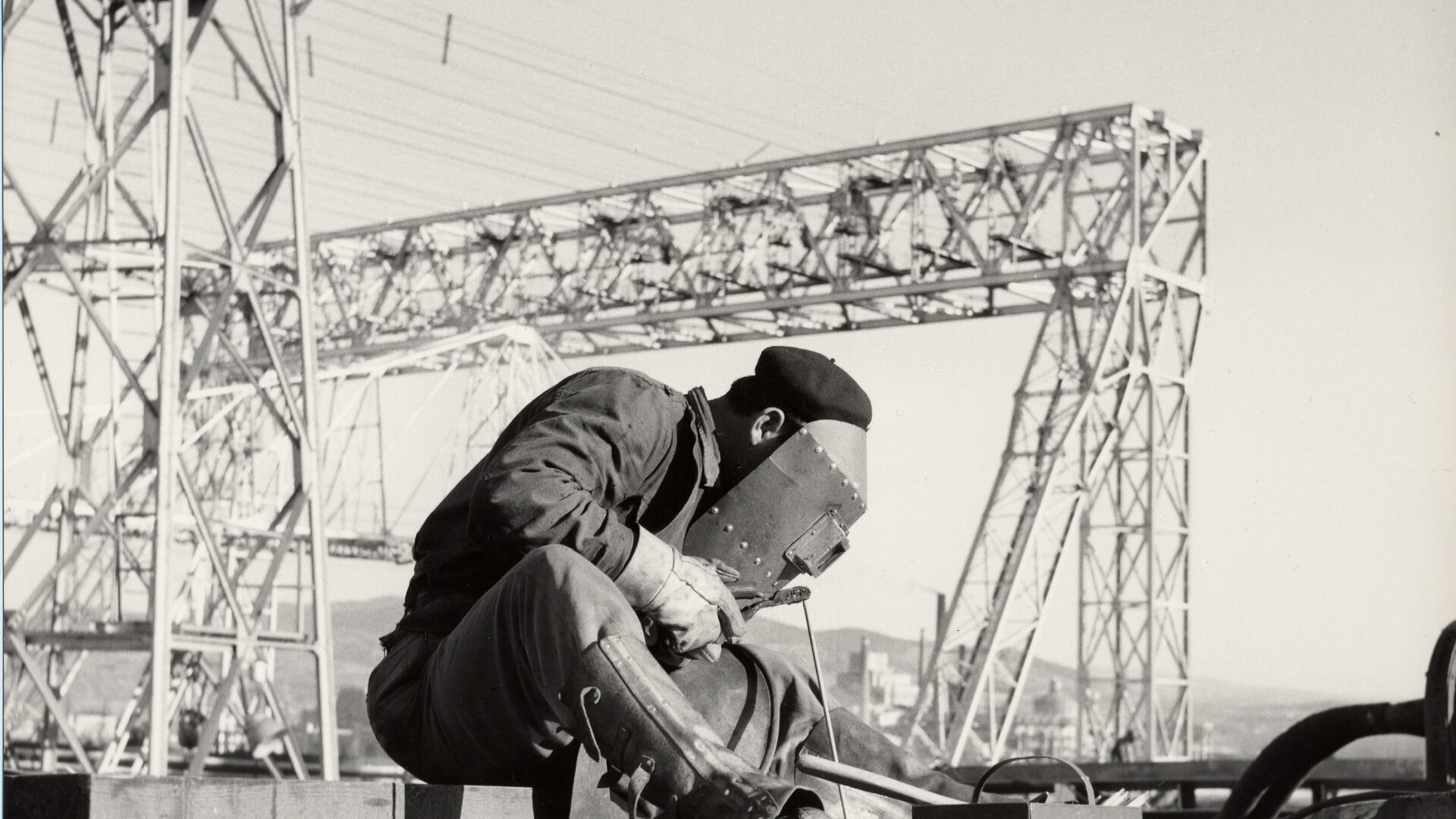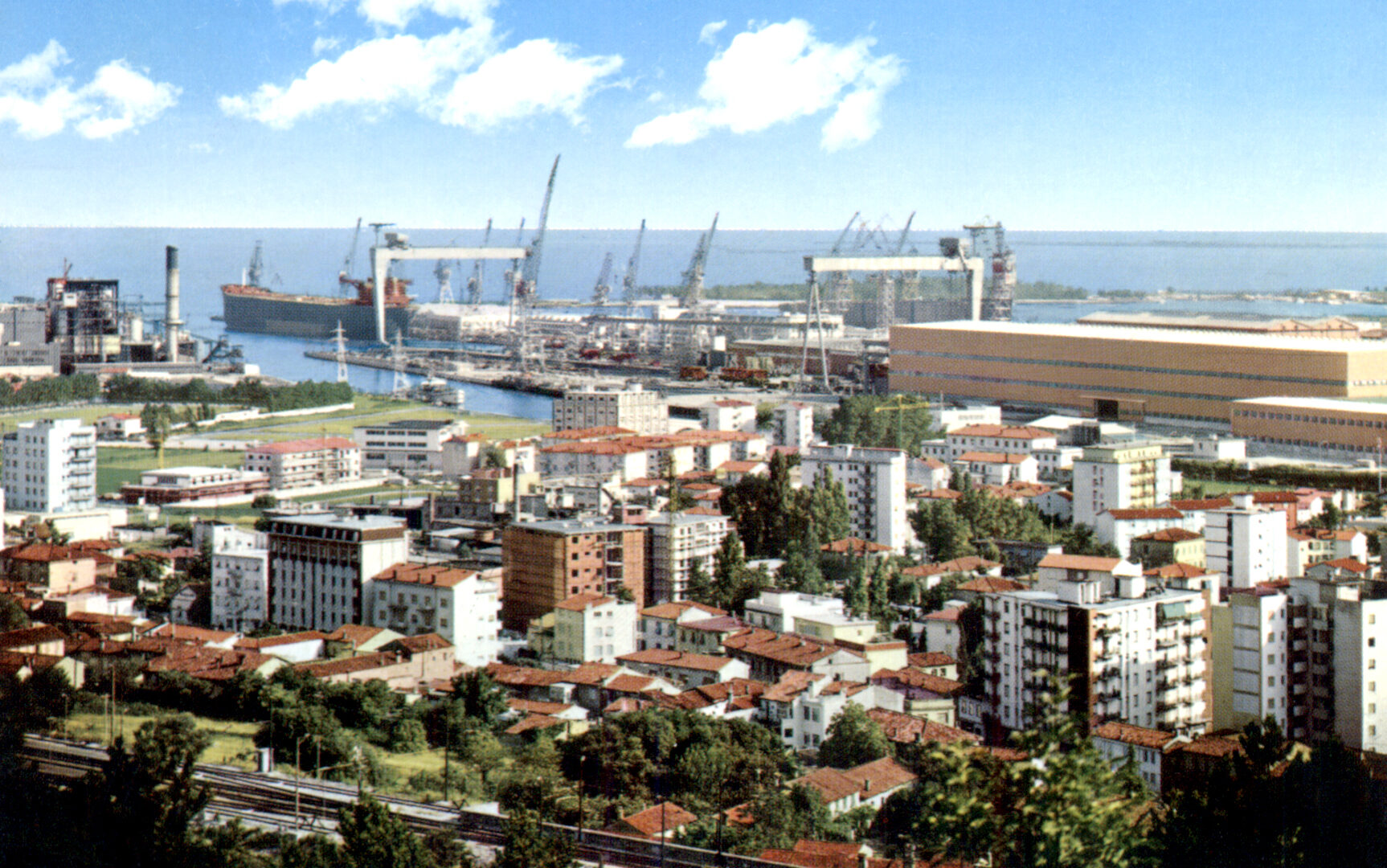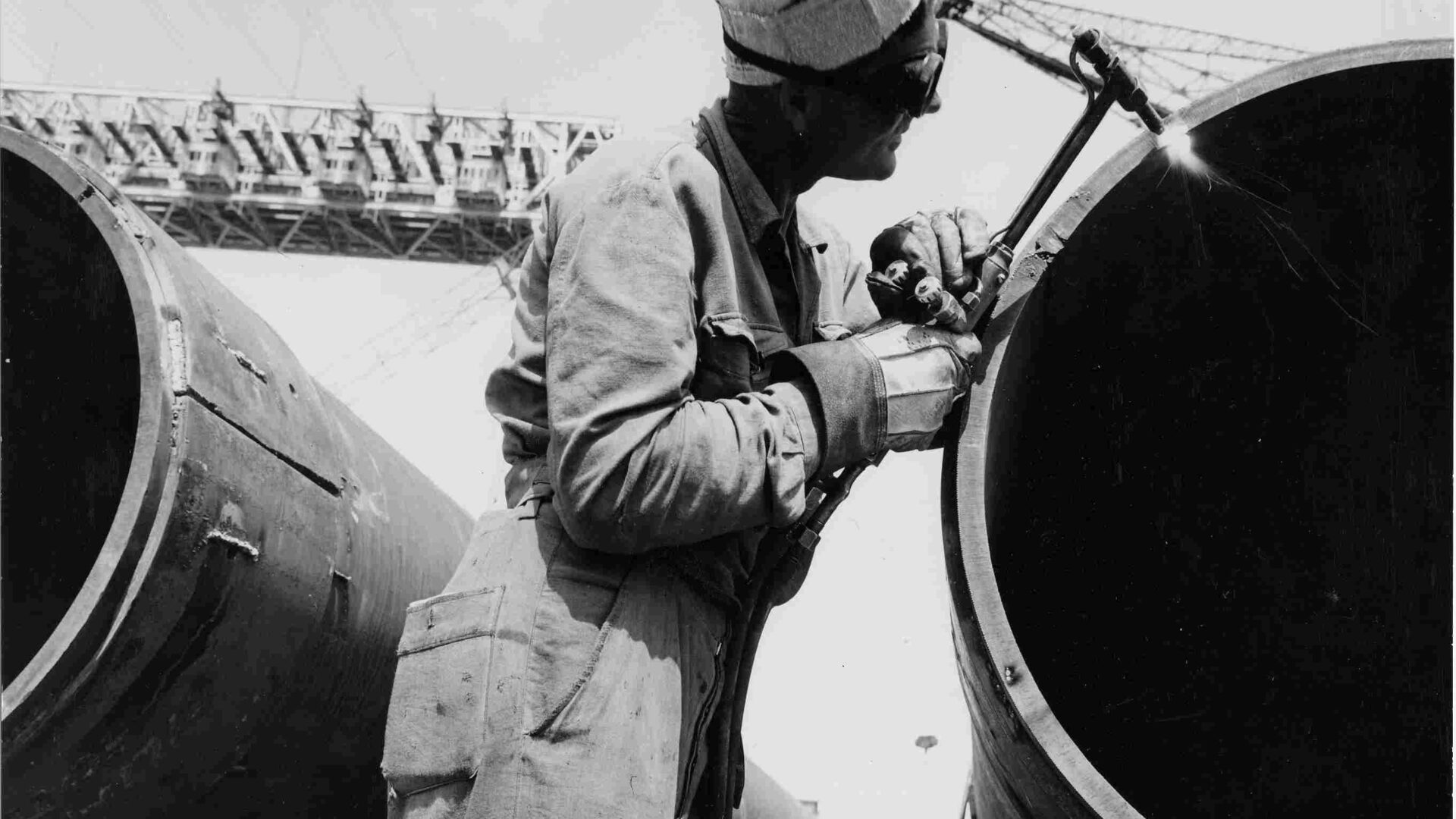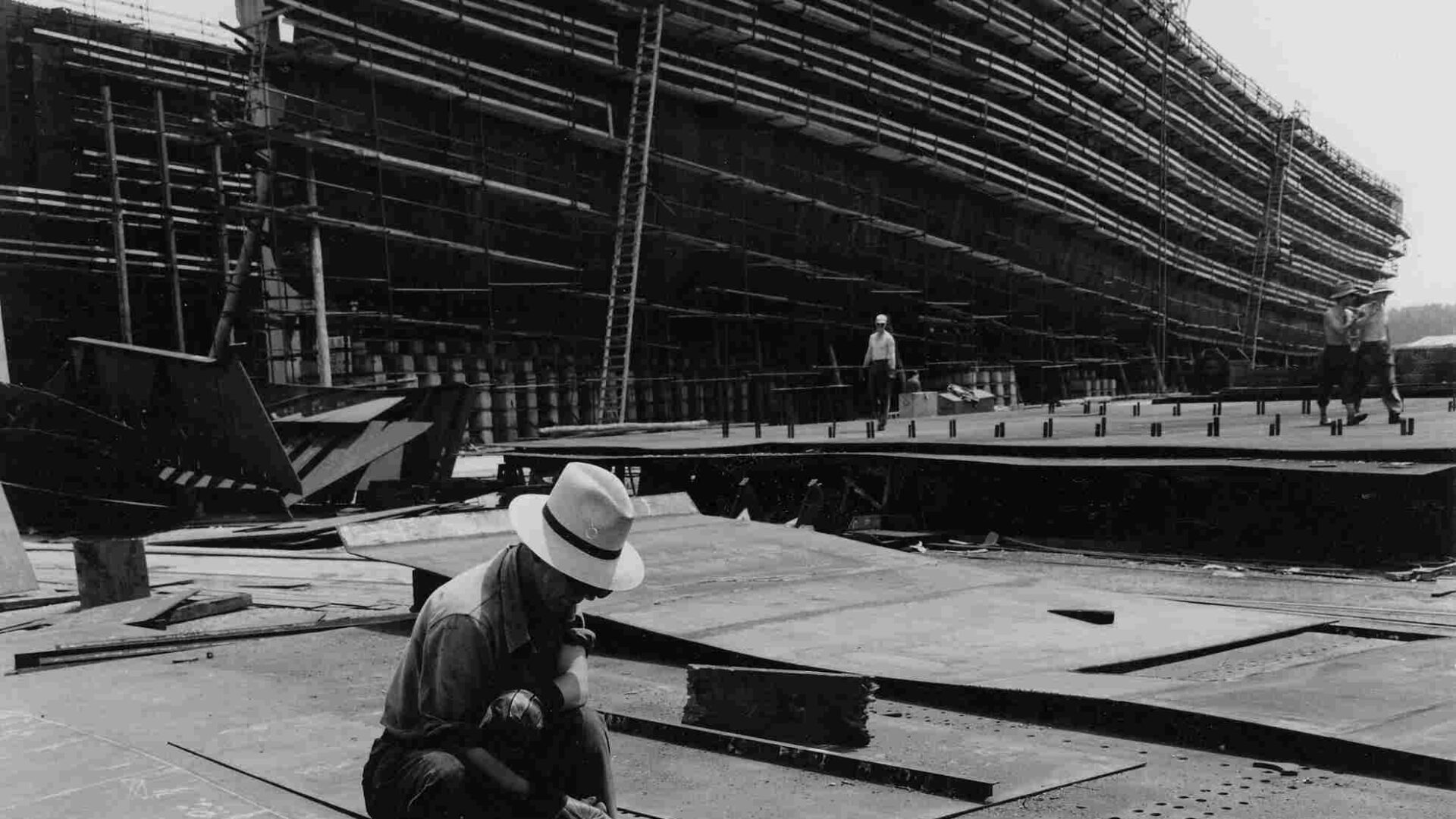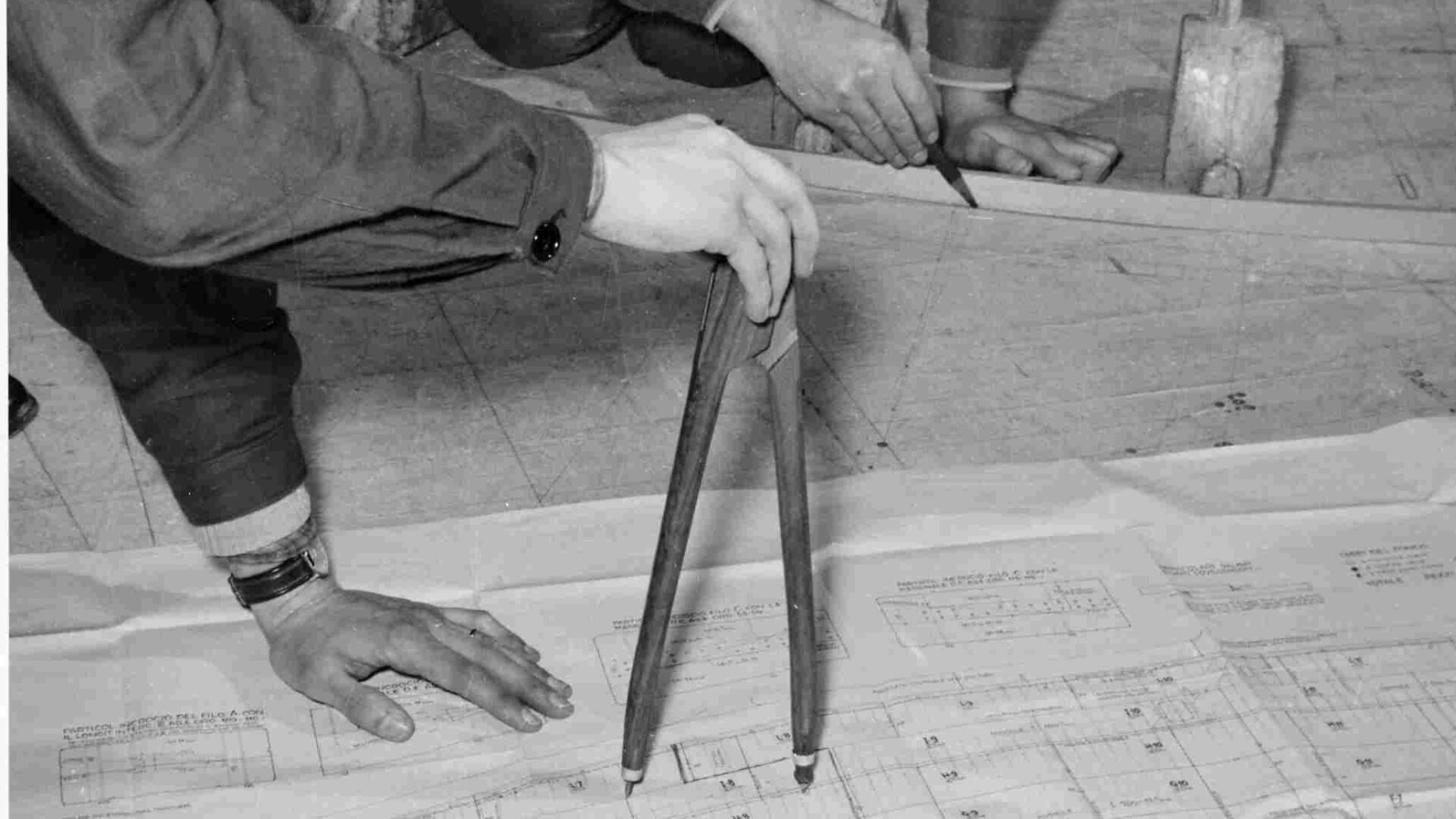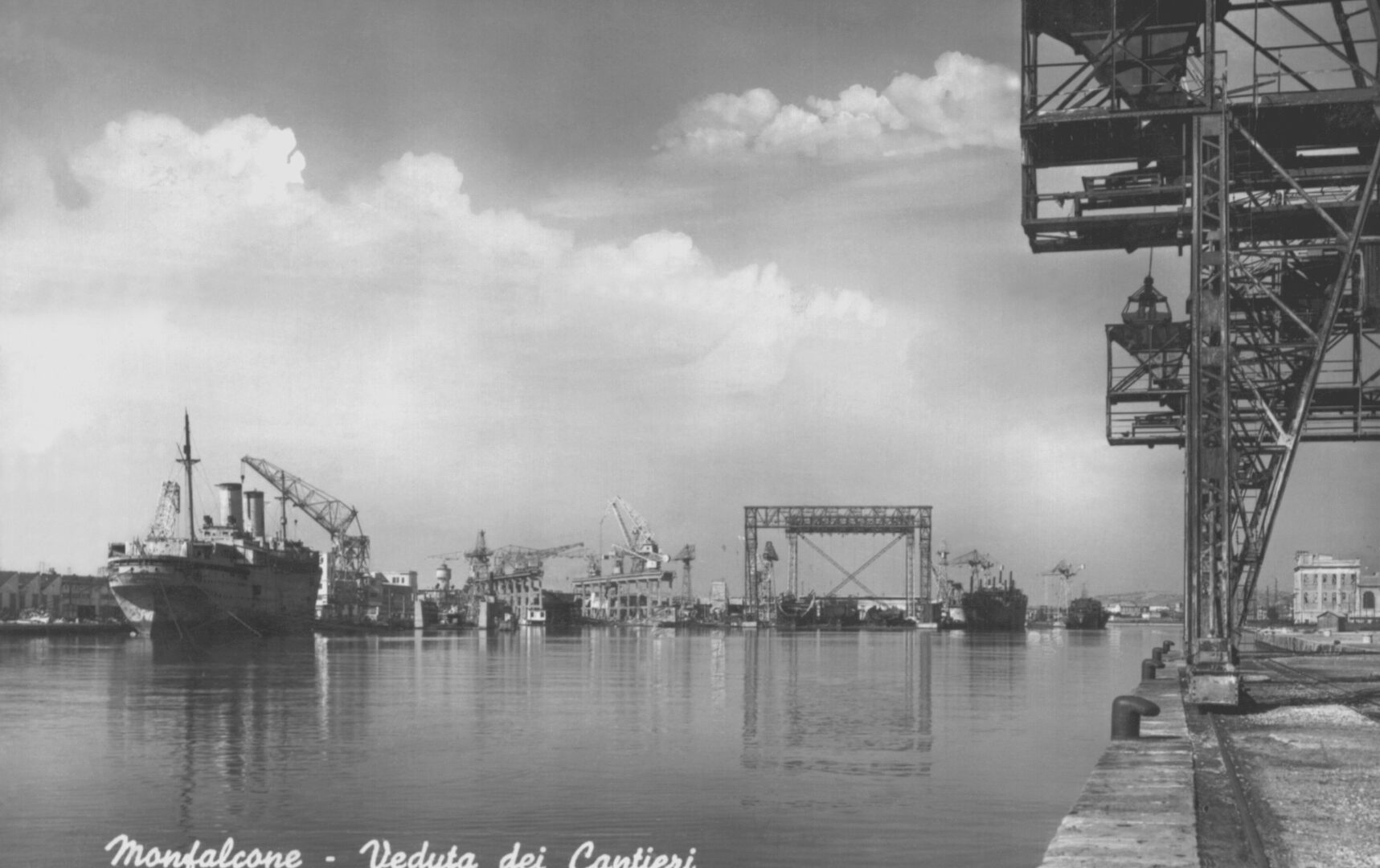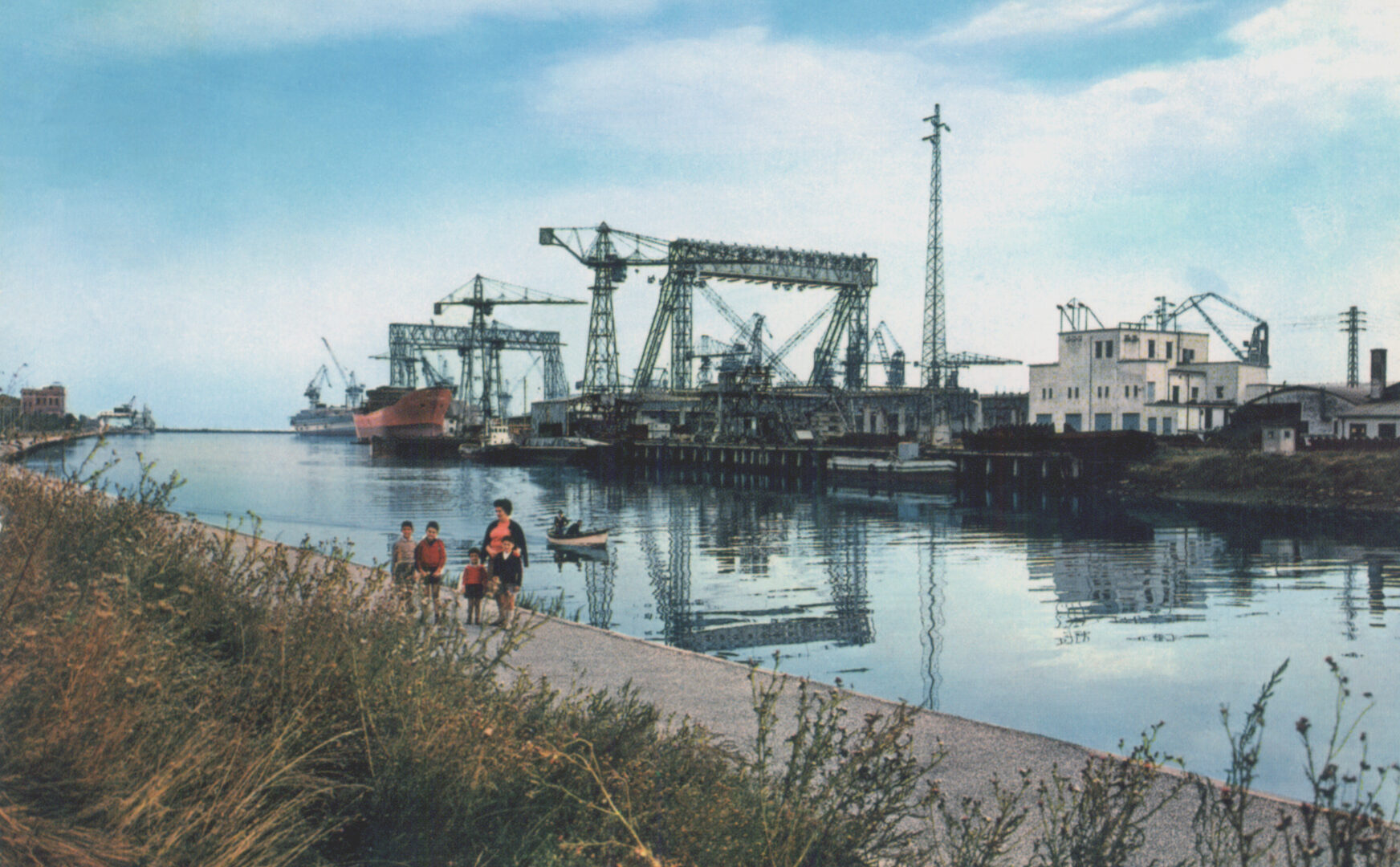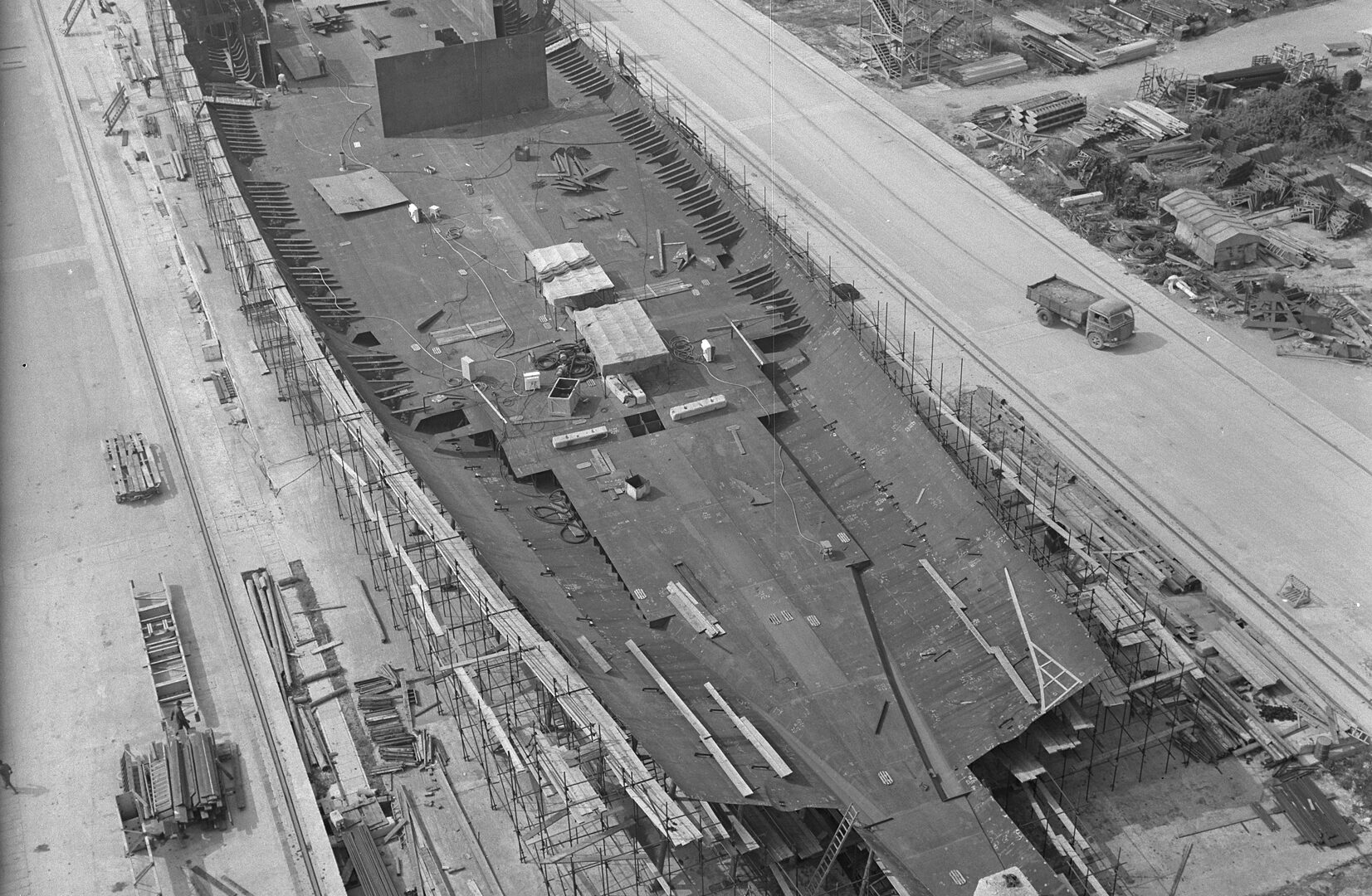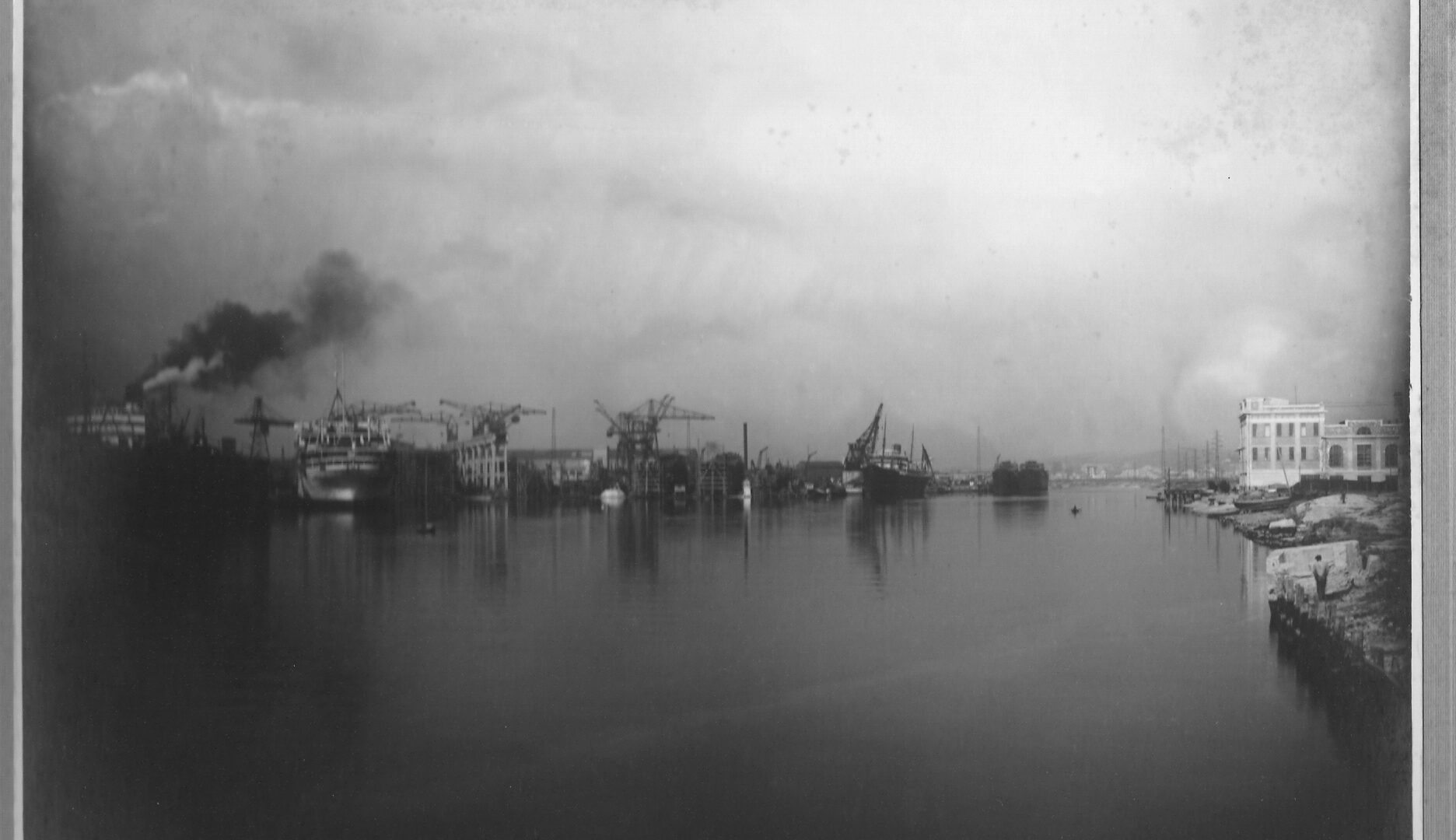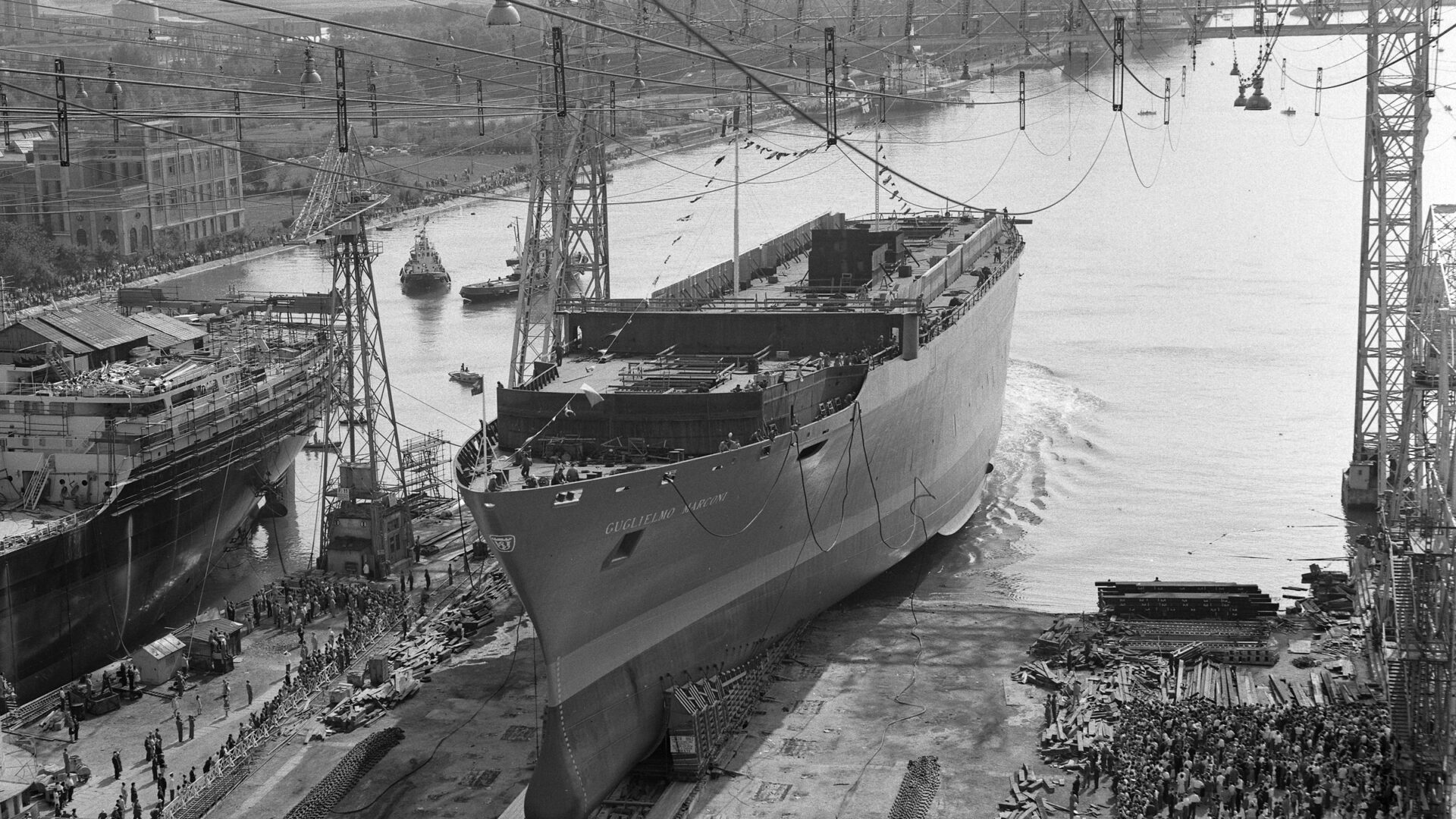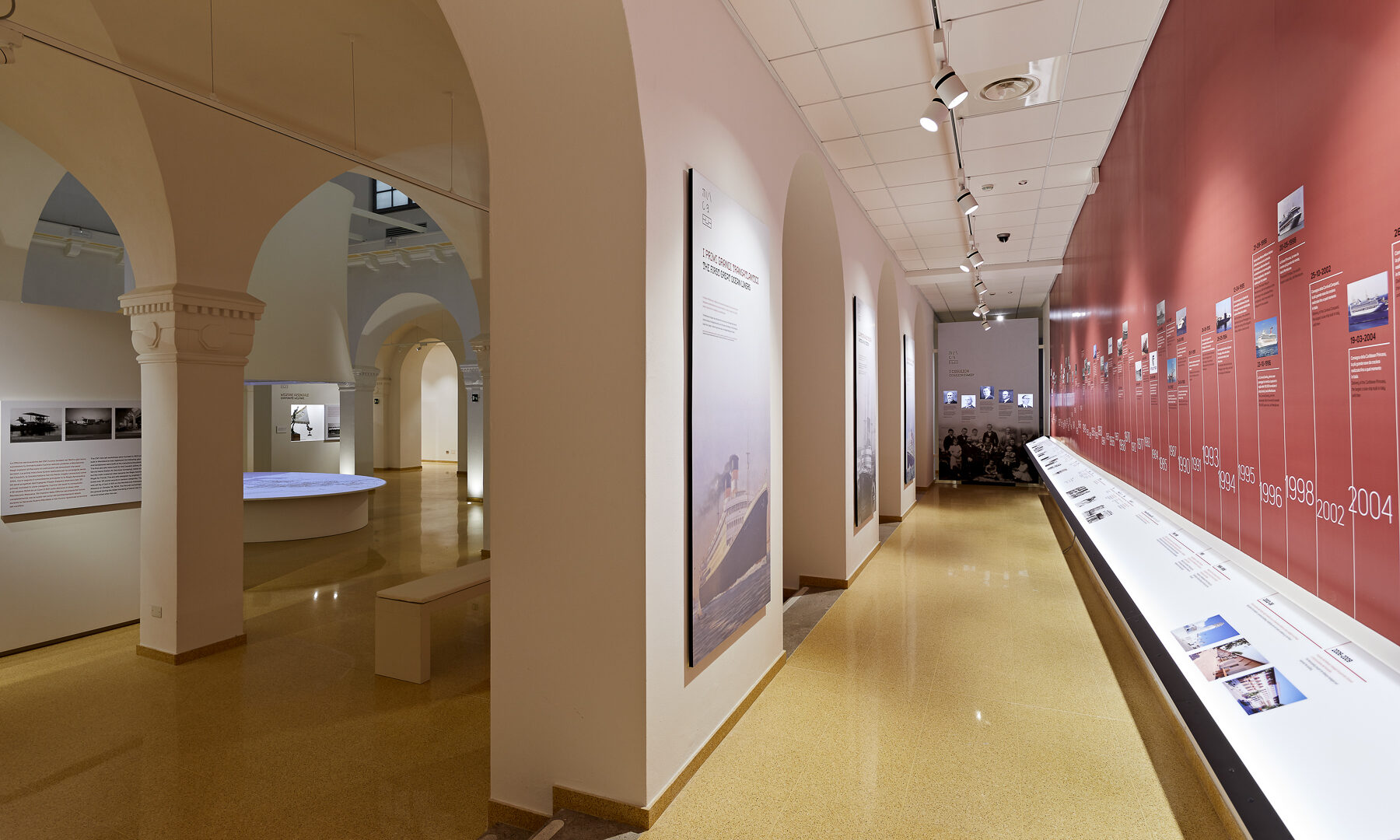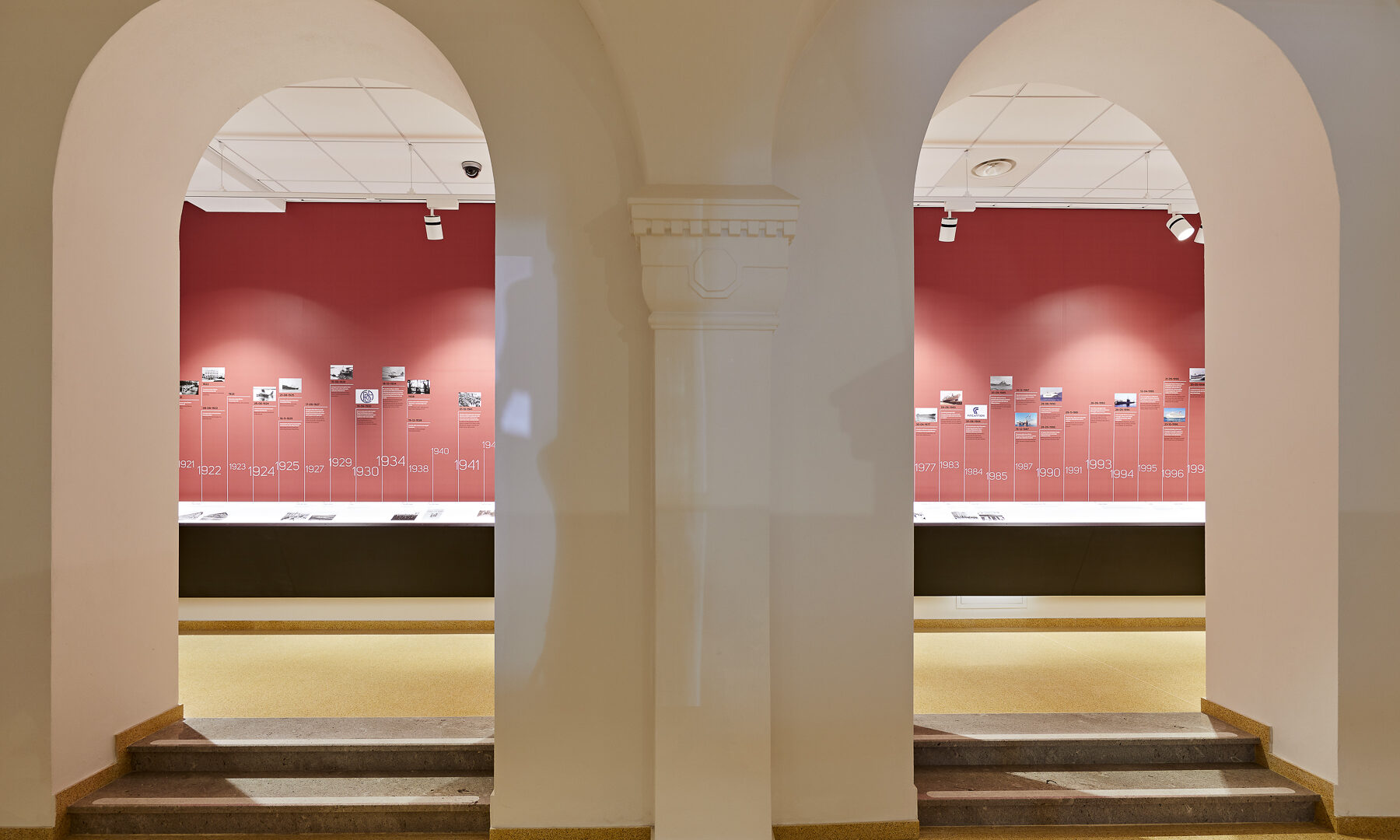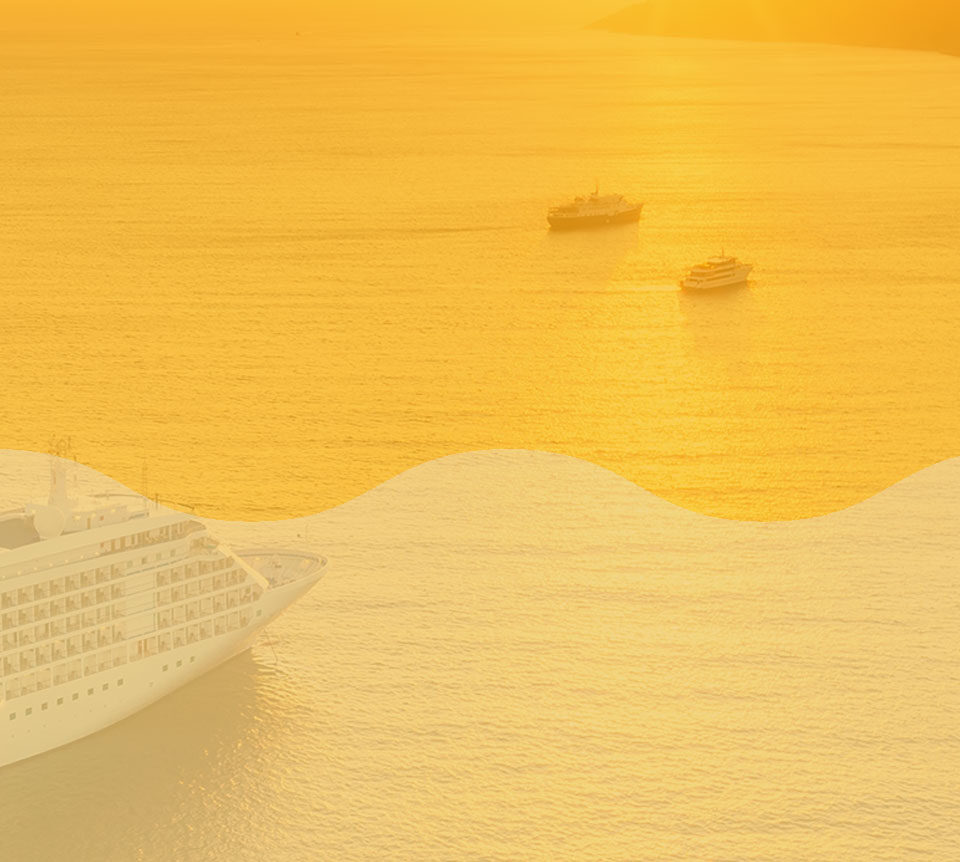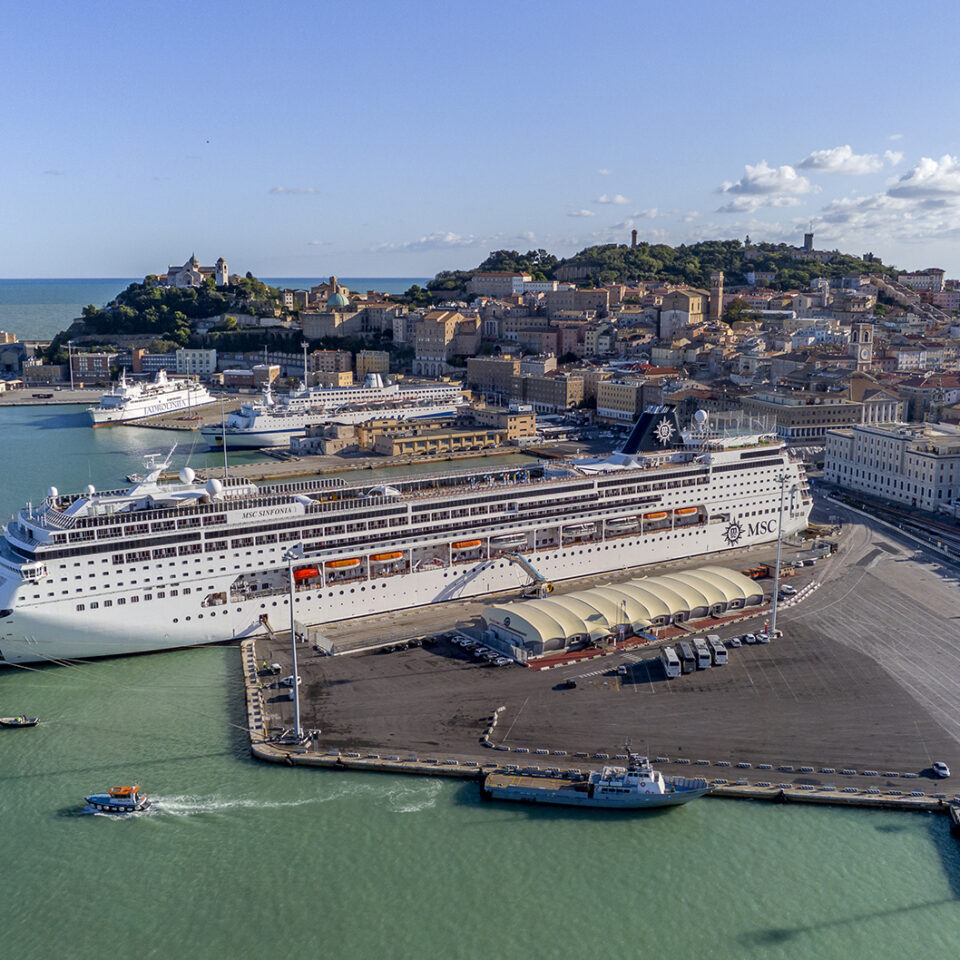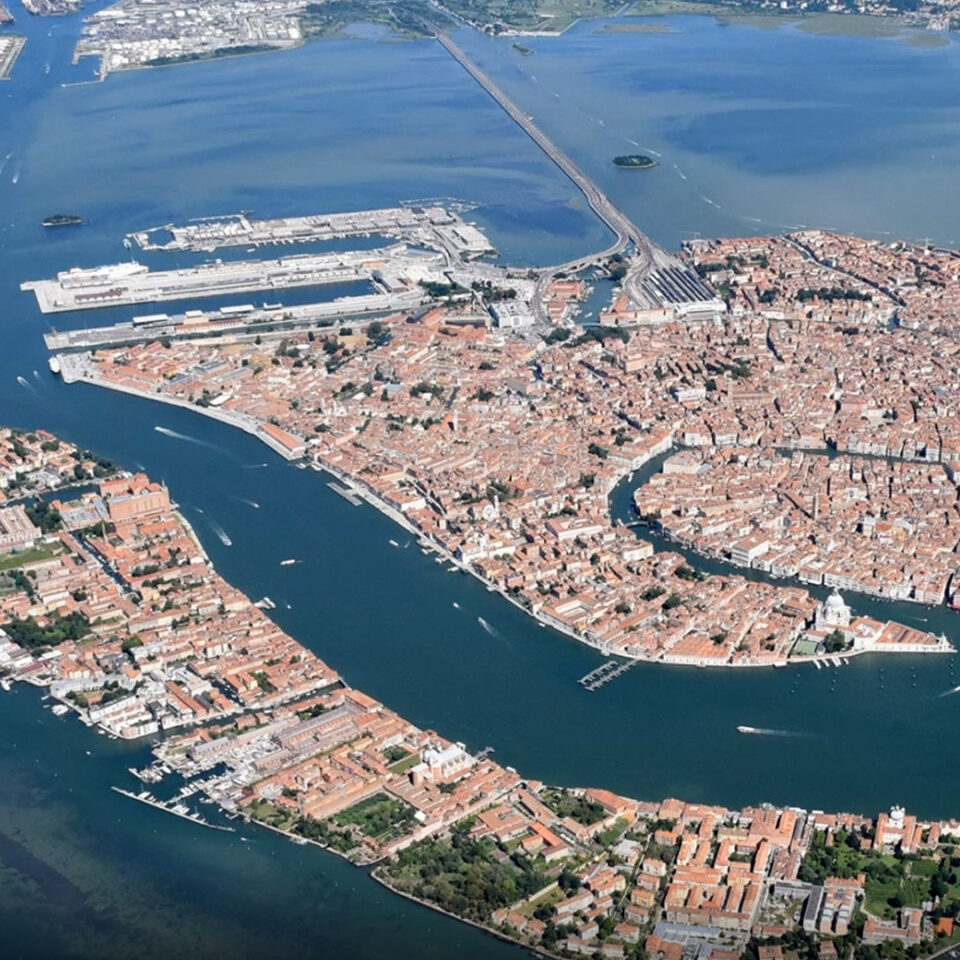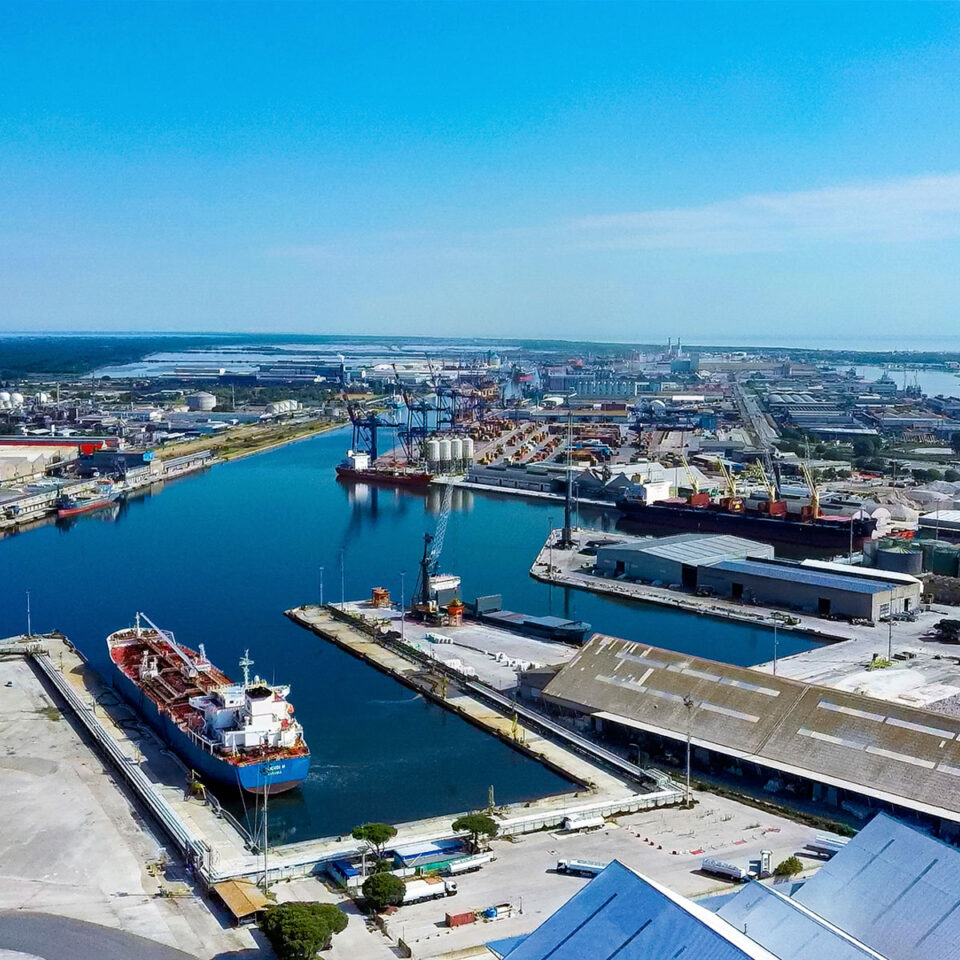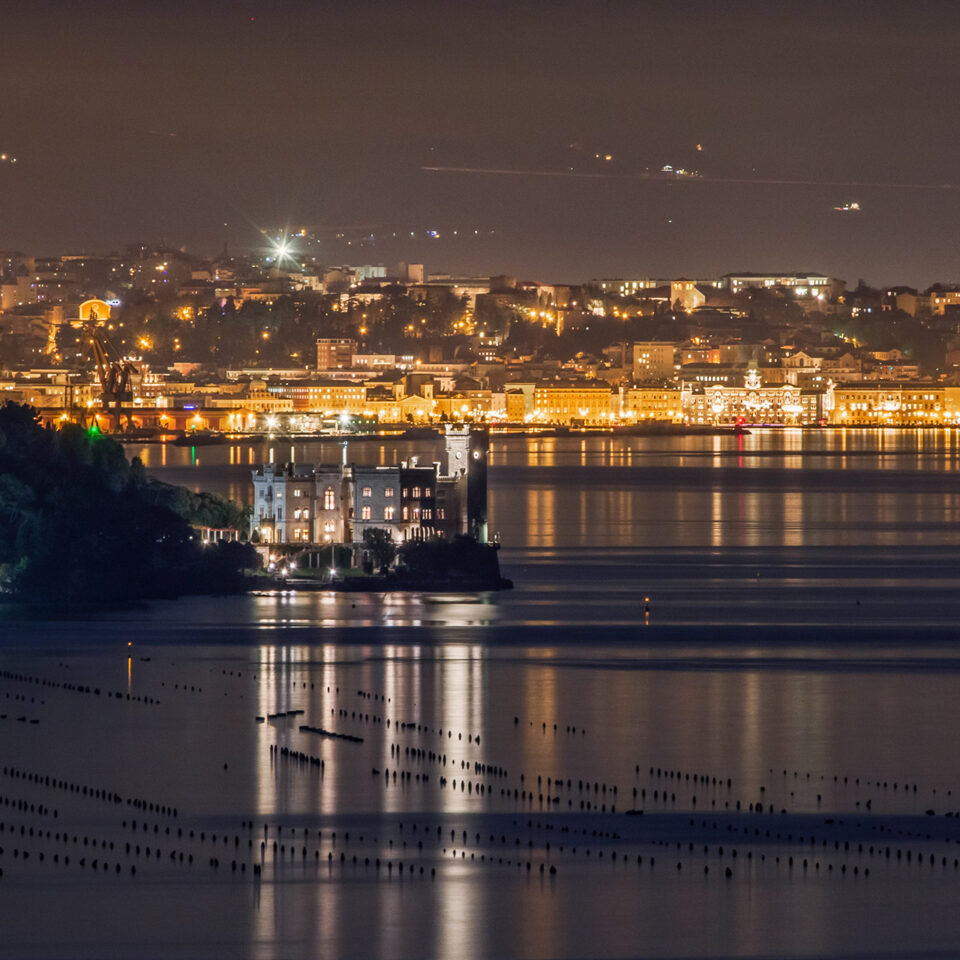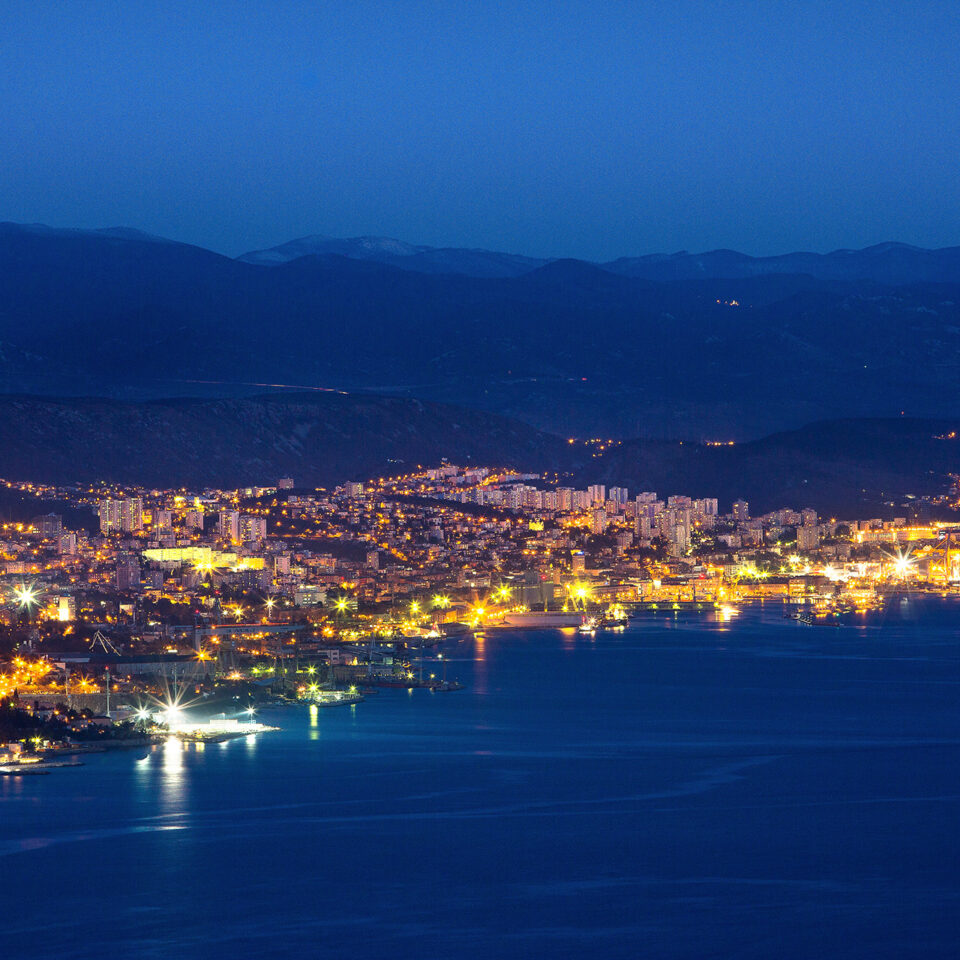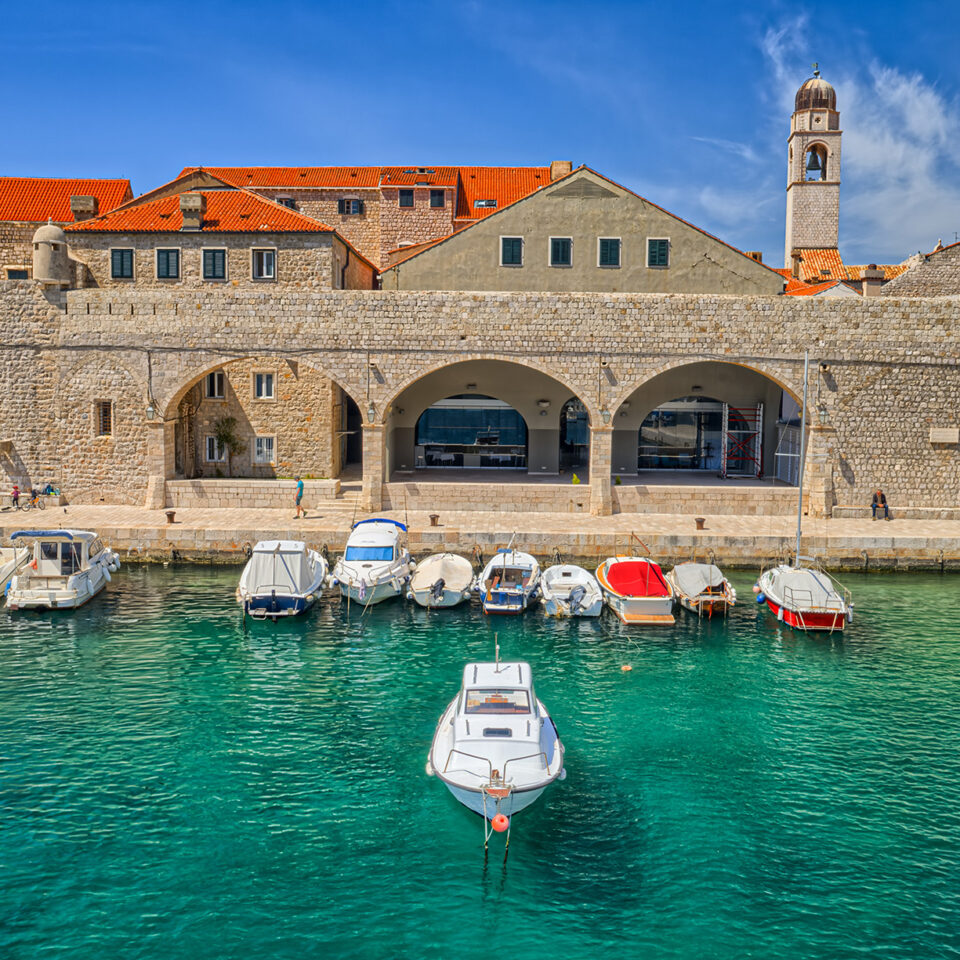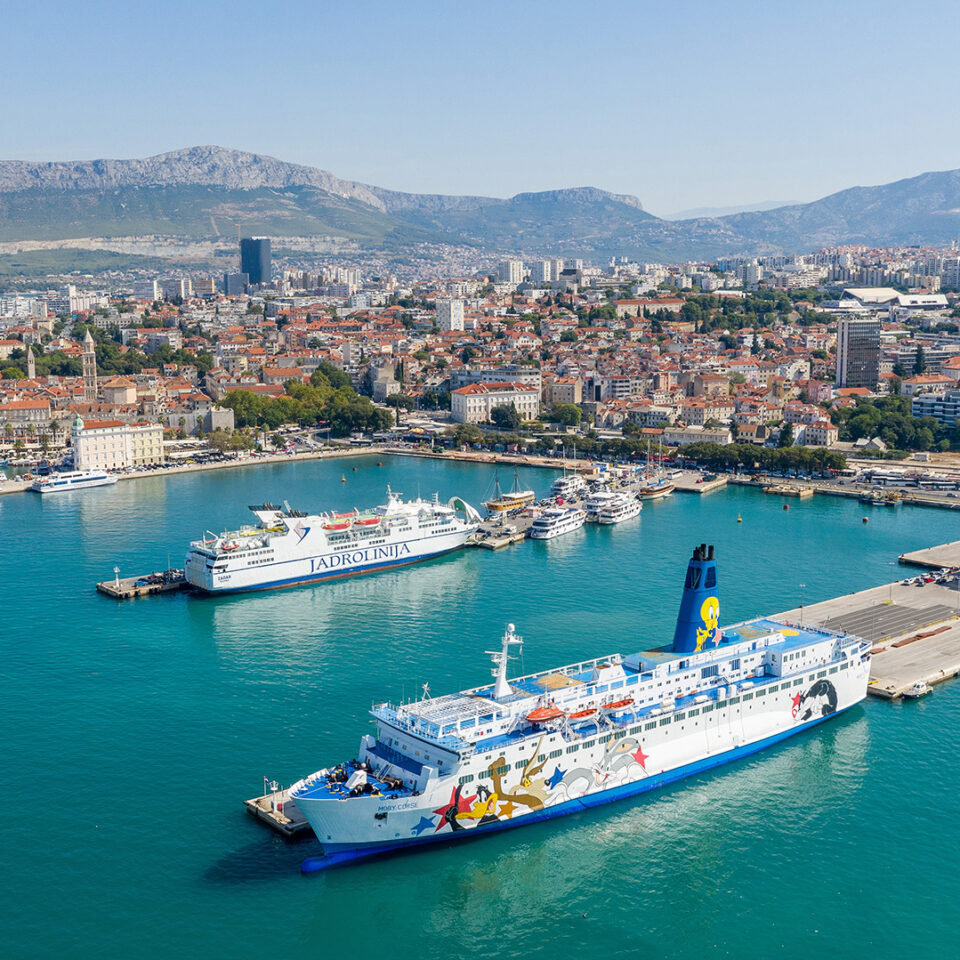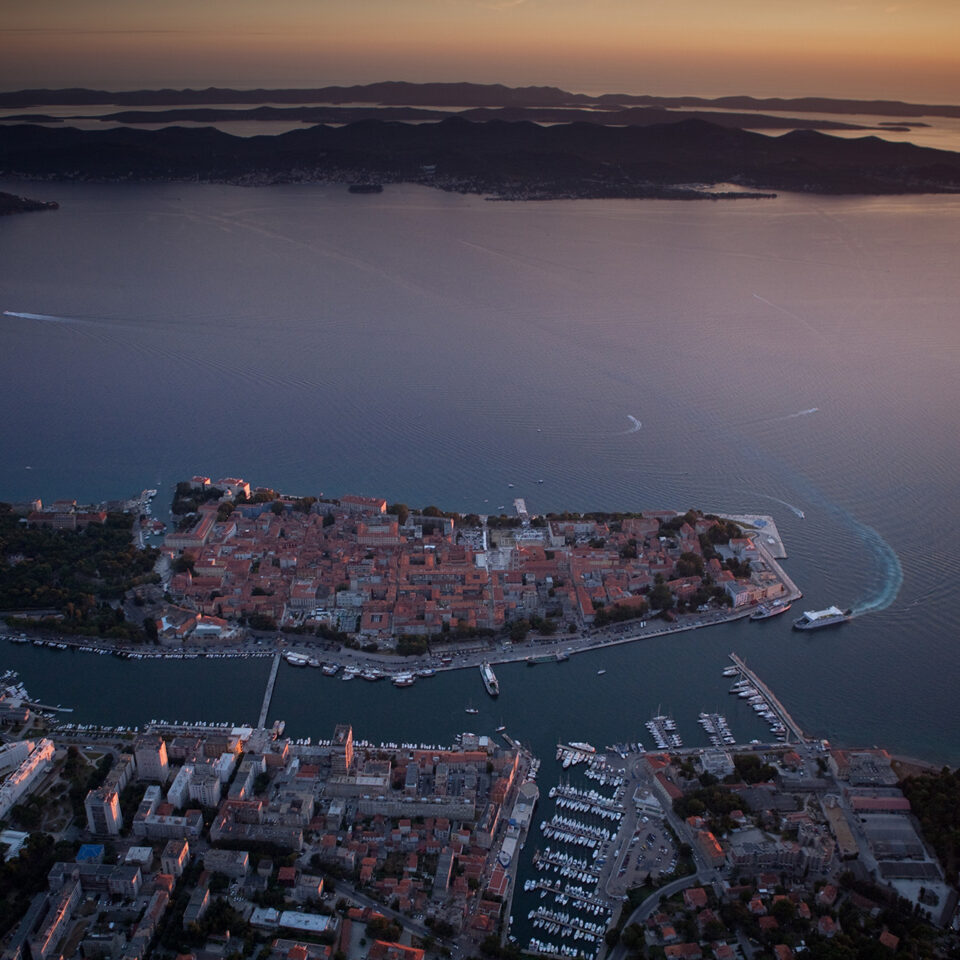

MU.CA. – SHIPYARD MUSEUM
More than a century of shipbuilding history can be discovered at the “MuCa Museo della Cantieristica di Monfalcone” (Monfalcone Shipbuilding Museum), an institution set up in 2017 brings up to date and recounts the technical innovations, the shipbuilding society and its changes from the beginning of the 20th century to the present day.
The Museum is located inside the former Hotel for Single Workers of the same Company Town of which it has always belonged to and it is the starting point for guided tours of the worker’s village as well as those scheduled at the Fincantieri shipyard, where some of the most important passenger cruise ships in the World are currently built.
In the second half of the 19th century, Monfalcone began a significant process of transformation from a small agricultural and commercial town to the “industrial outskirts” of Trieste. The Port of Trieste was an important transit port and its natural geographical location, characterised by a limited availability of land, did not allow a corresponding industrial development. Monfalcone, on the other hand, thanks to the good availability of flat areas, and cheap labour started an interesting phase of industrial development, supported by favourable municipal policies.
At that time the Faccanoni company of Trieste, to carry out the excavation of materials necessary for the construction of the sea works of the New Port of Trieste, purchased large areas in the bay of Panzano. The dredging operations were carried out to shape the basin itself in an operational perspective, corresponding to the future needs of the shipyard. The first works began in 1907 with the landscaping of the area and the construction of the first warehouses.
At the same time, the Trieste shipping company of the Cosulich brothers was expanding and, in April 1908, the Società Cantiere Navale Triestino (CNT) was officially established in Trieste. More than 200 skilled workers from Great Britain were hired, joined by master carpenters from Lussino and Istria and workers from the Muggia shipyard. To accommodate these new workers, the first simple residential buildings were built and, in 1912, the construction of the Panzano Workers’ Village began, whose soul was the Association of Public Utility Builders (AEUP) led by the engineer Dante Fornasir.
The history of the factory and its worker’s village have been strictly related to the local historical events: the destruction caused by the two world wars and the subsequent periods of reconstruction and renewal.
With the establishment of the Cantieri Riuniti dell’Adriatico (CRDA – an association of shipyards in Monfalcone, Trieste and Muggia) in June 1930, the ownership link between the Monfalcone shipyard and the Cosulich family came to an end and in 1966 the two largest Italian shipbuilding groups, Ansaldo and CRDA, were merged into a new company managed by IRI (Institute for Industrial Reconstruction), the “Italcantieri”. The new management of Italcantieri, decided to promote the Trieste shipyard by merging it with the San Marco shipyard. The new Trieste-San Marco (ATSM) Arsenal has been dedicated to the ship repairs and conversions, thus marking the end of its construction activity. On the other side, the CIPE (Interministerial Committee for Economic Planning) plan defined the expansion of the Monfalcone shipyard: the facilities were considerably renovated, partly due to the growing demand for large tankers.
In 1984 the Italcantieri became an operating company, the national naval-mechanical giant Fincantieri that is currently a leading company in the construction of the largest cruise ships in the world.
For more informations, please visit the following link: https://www.mucamonfalcone.it

